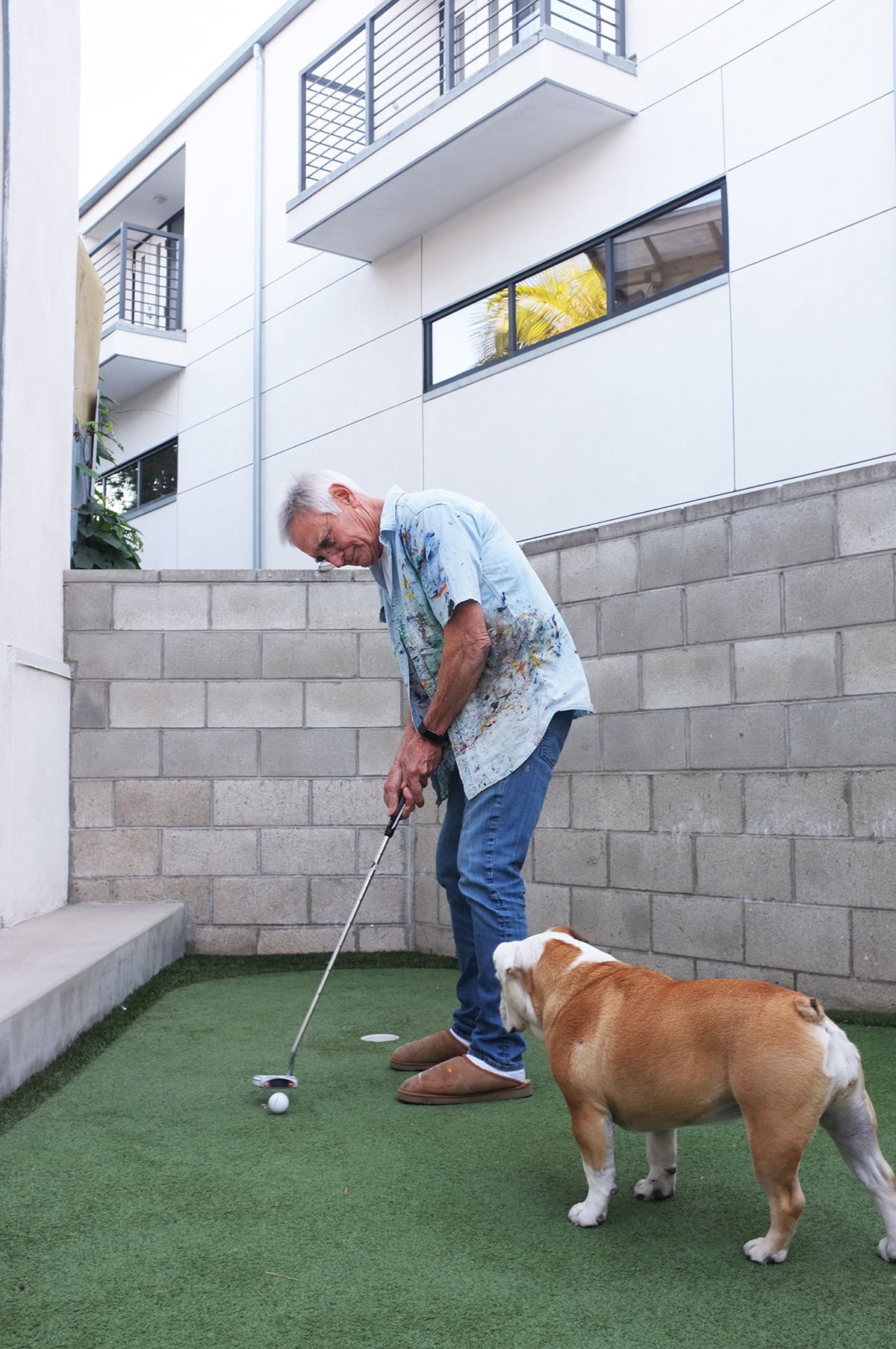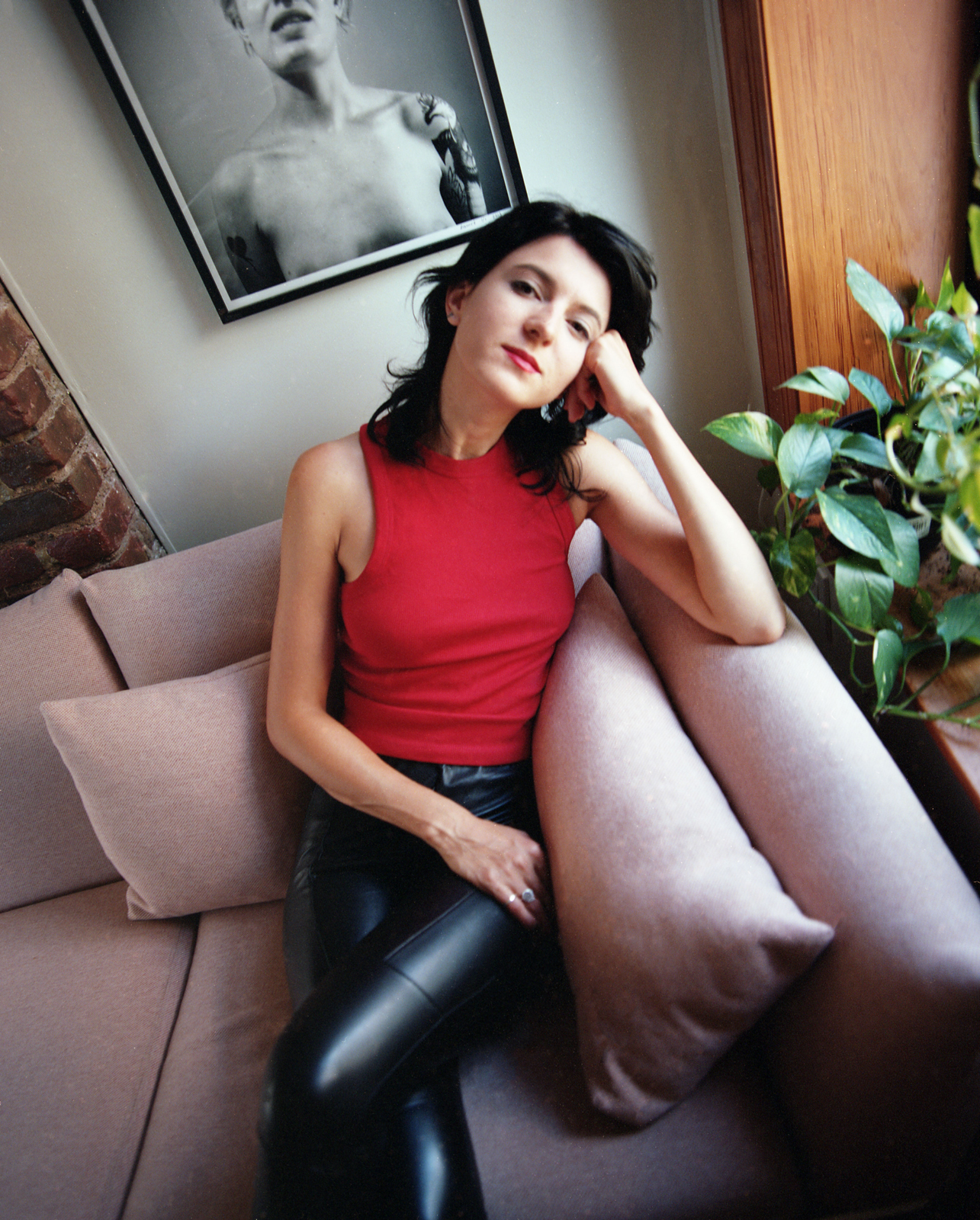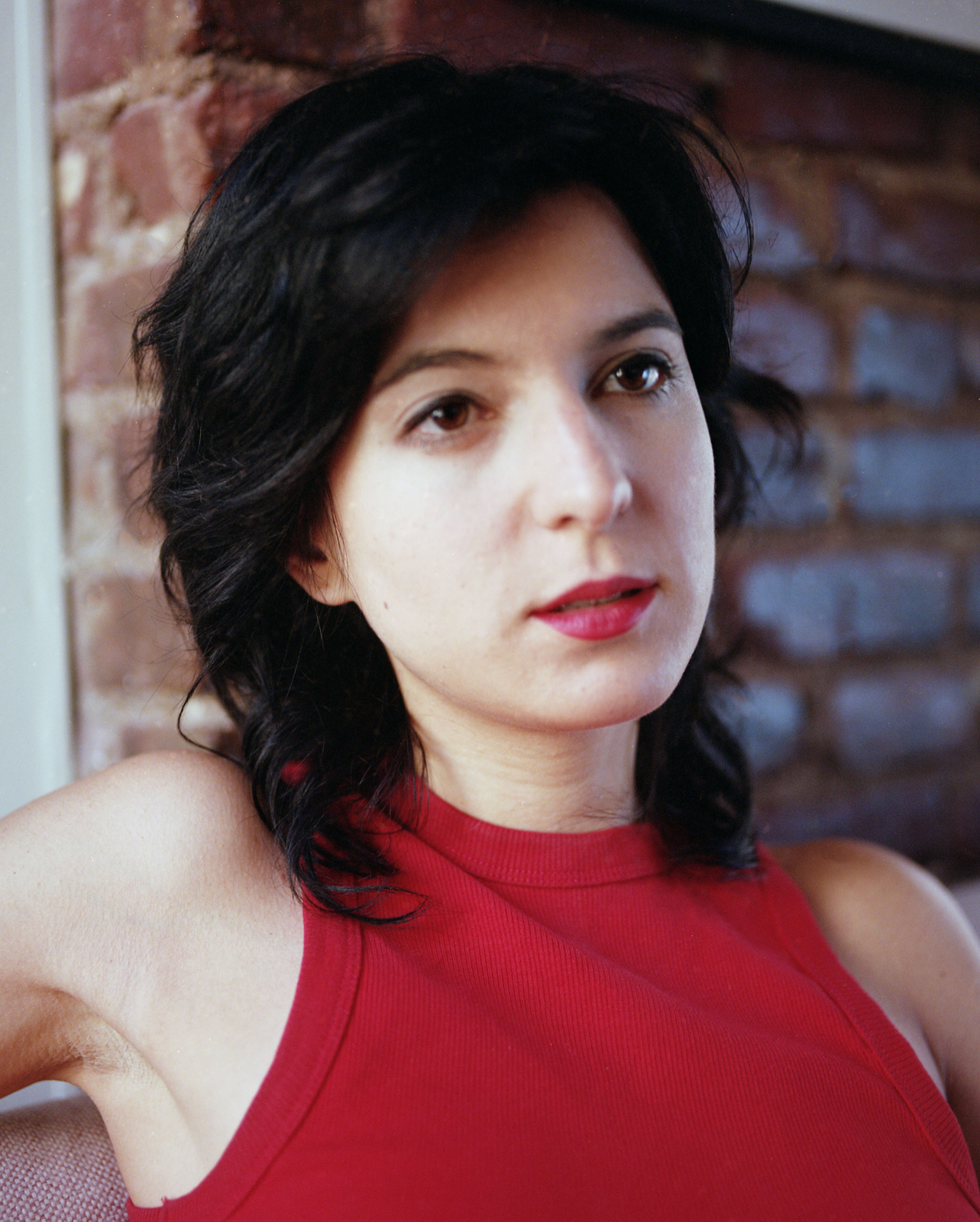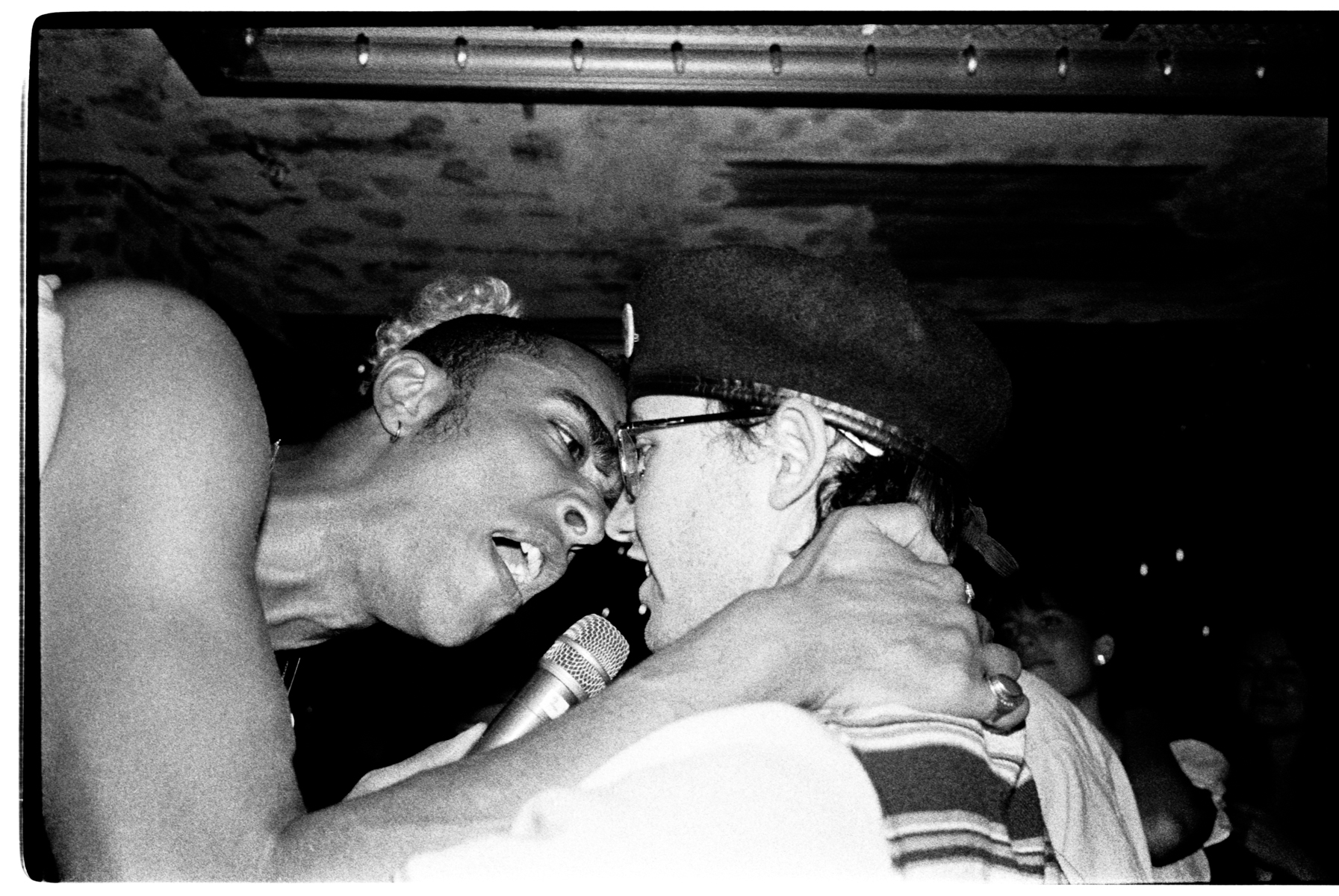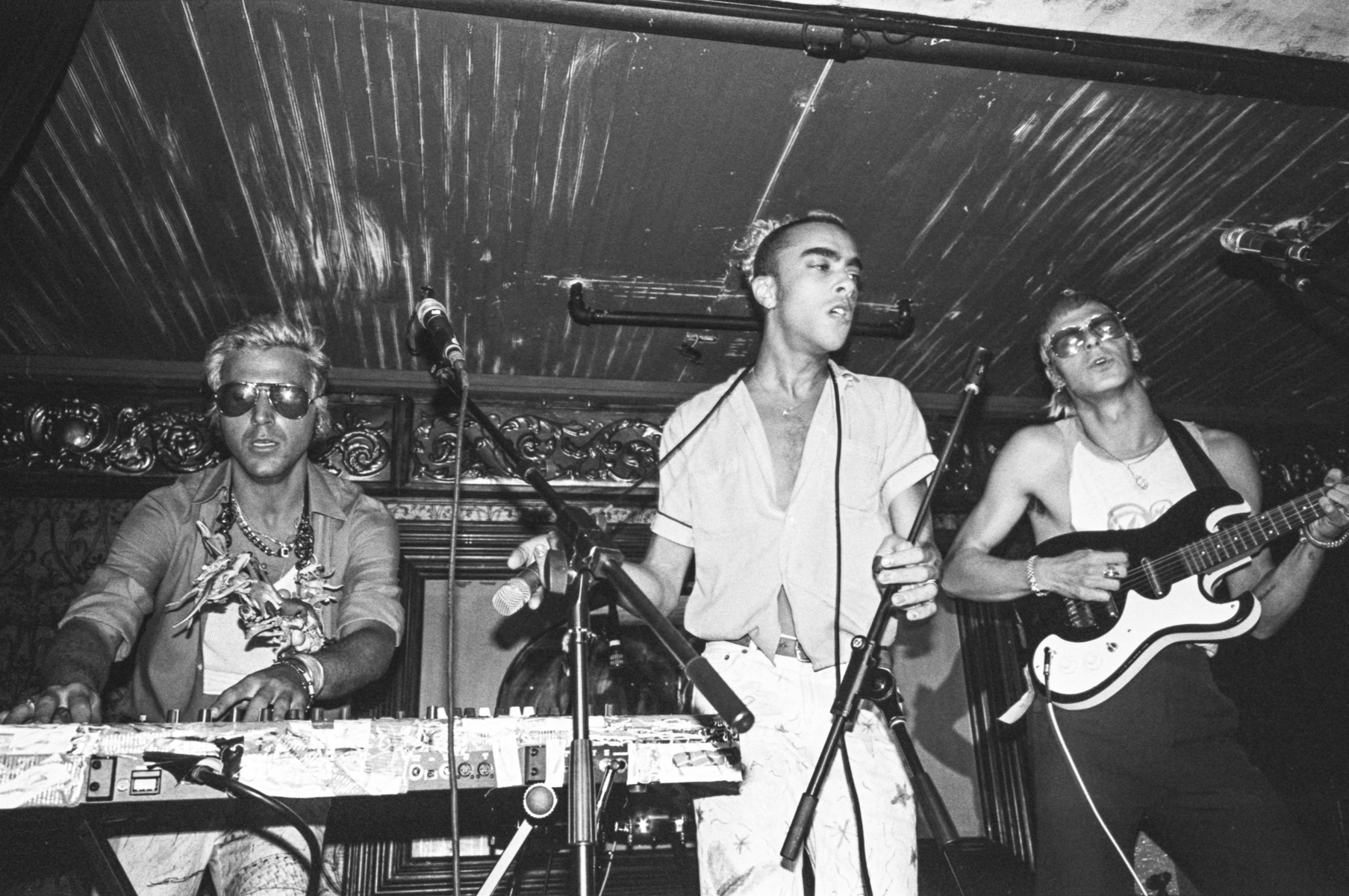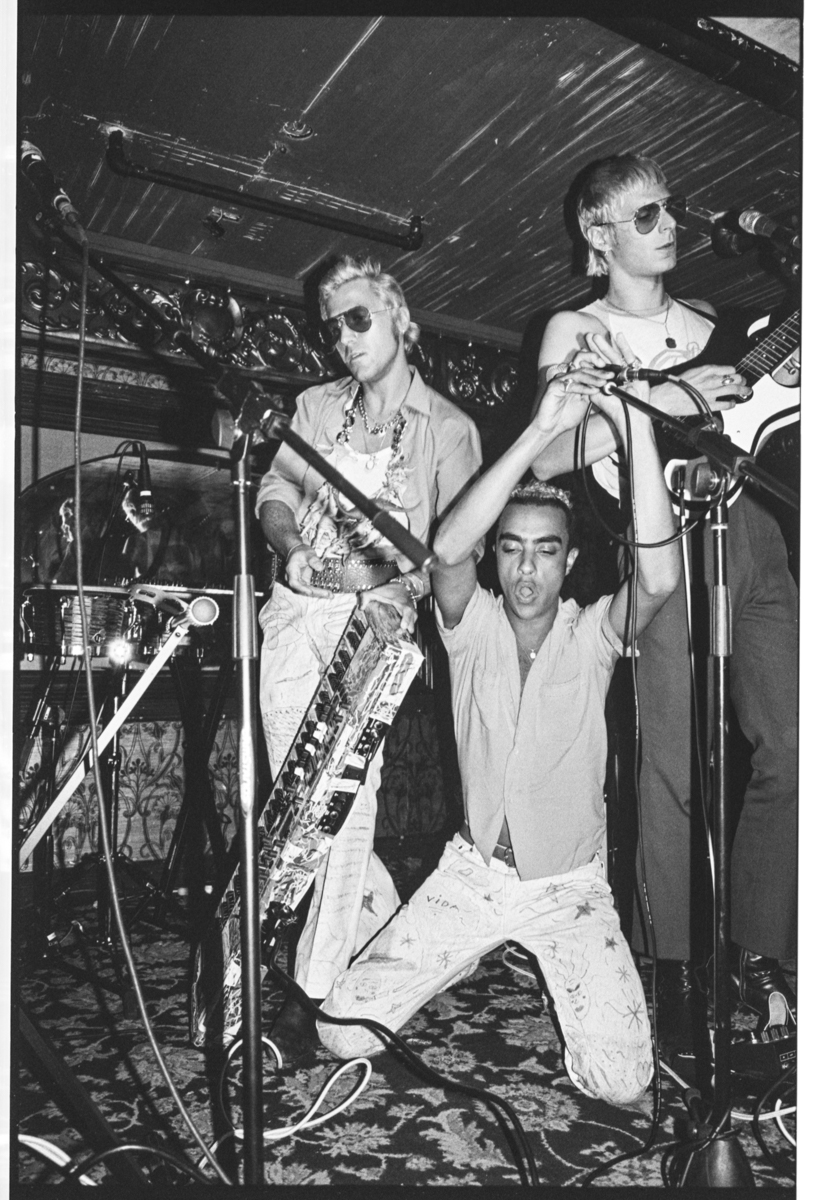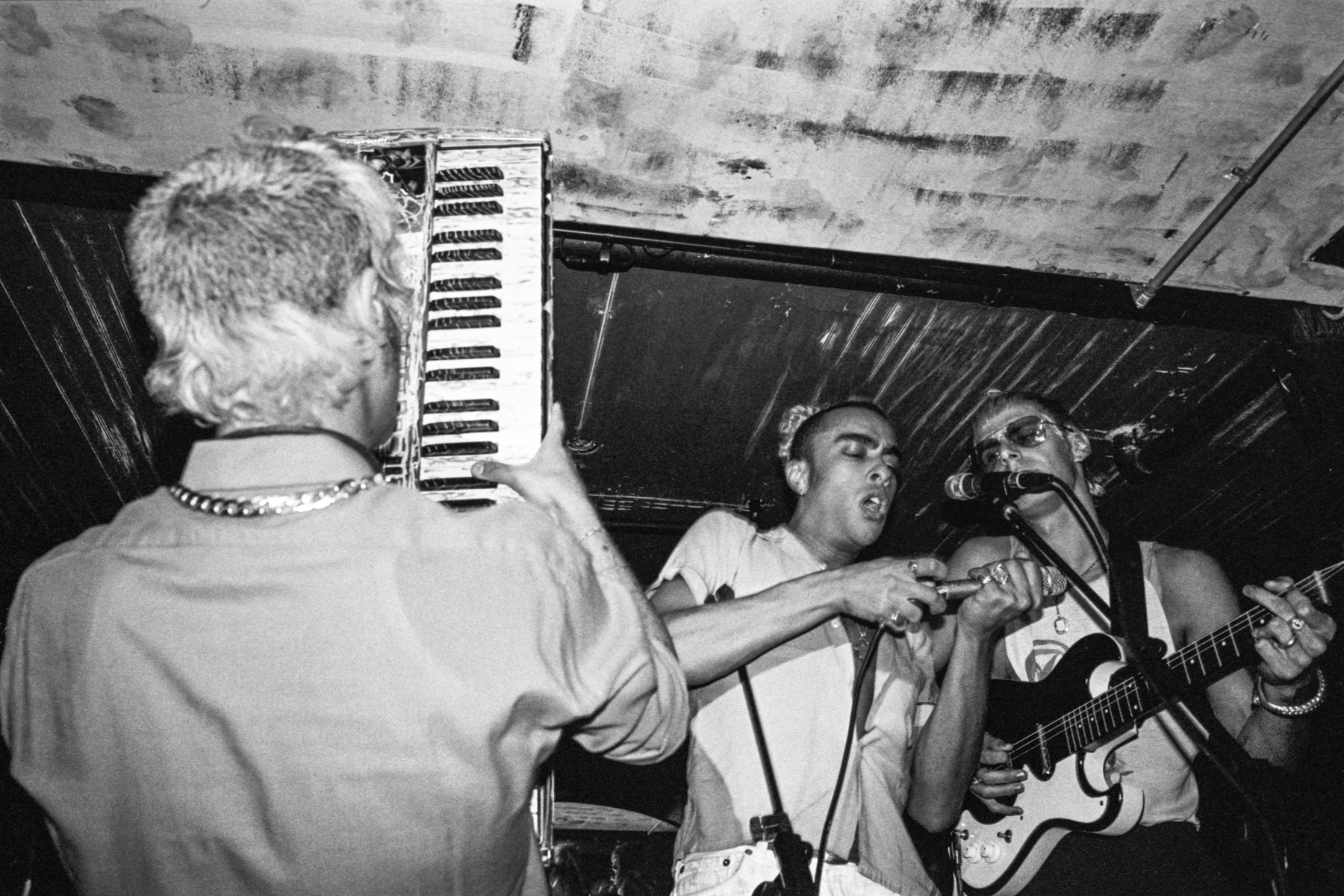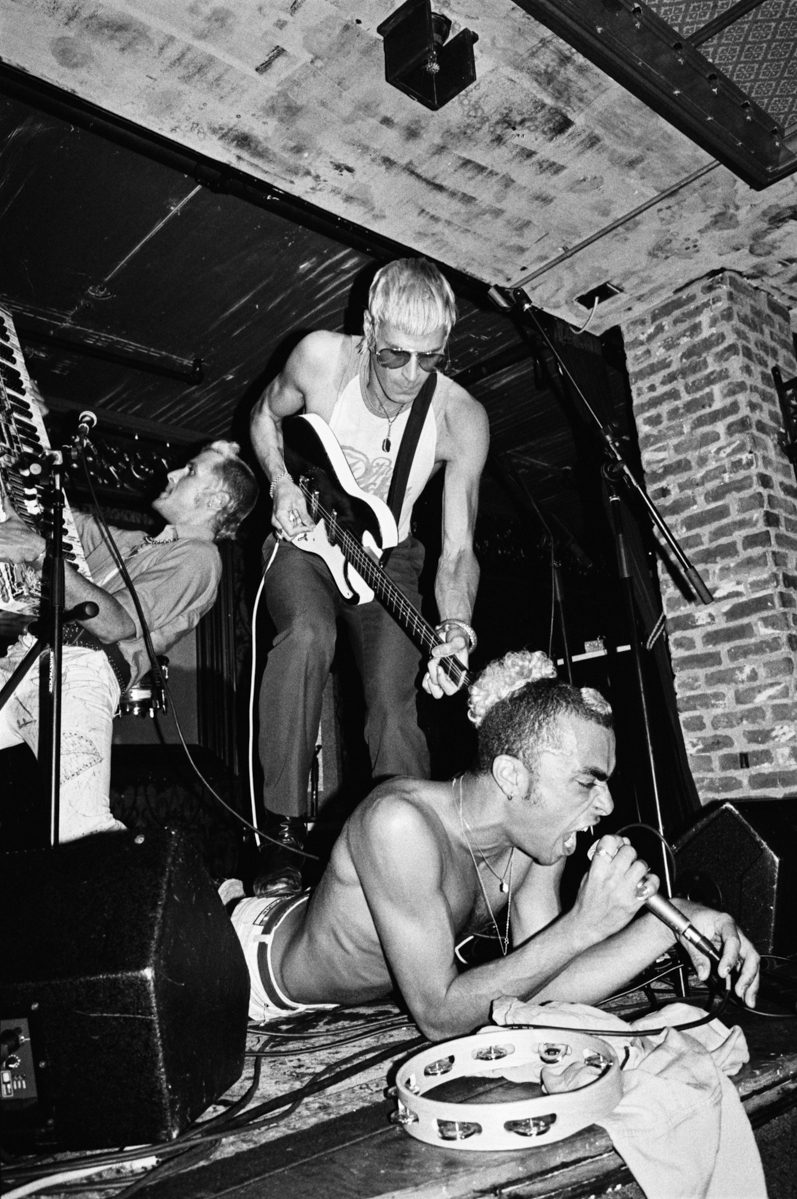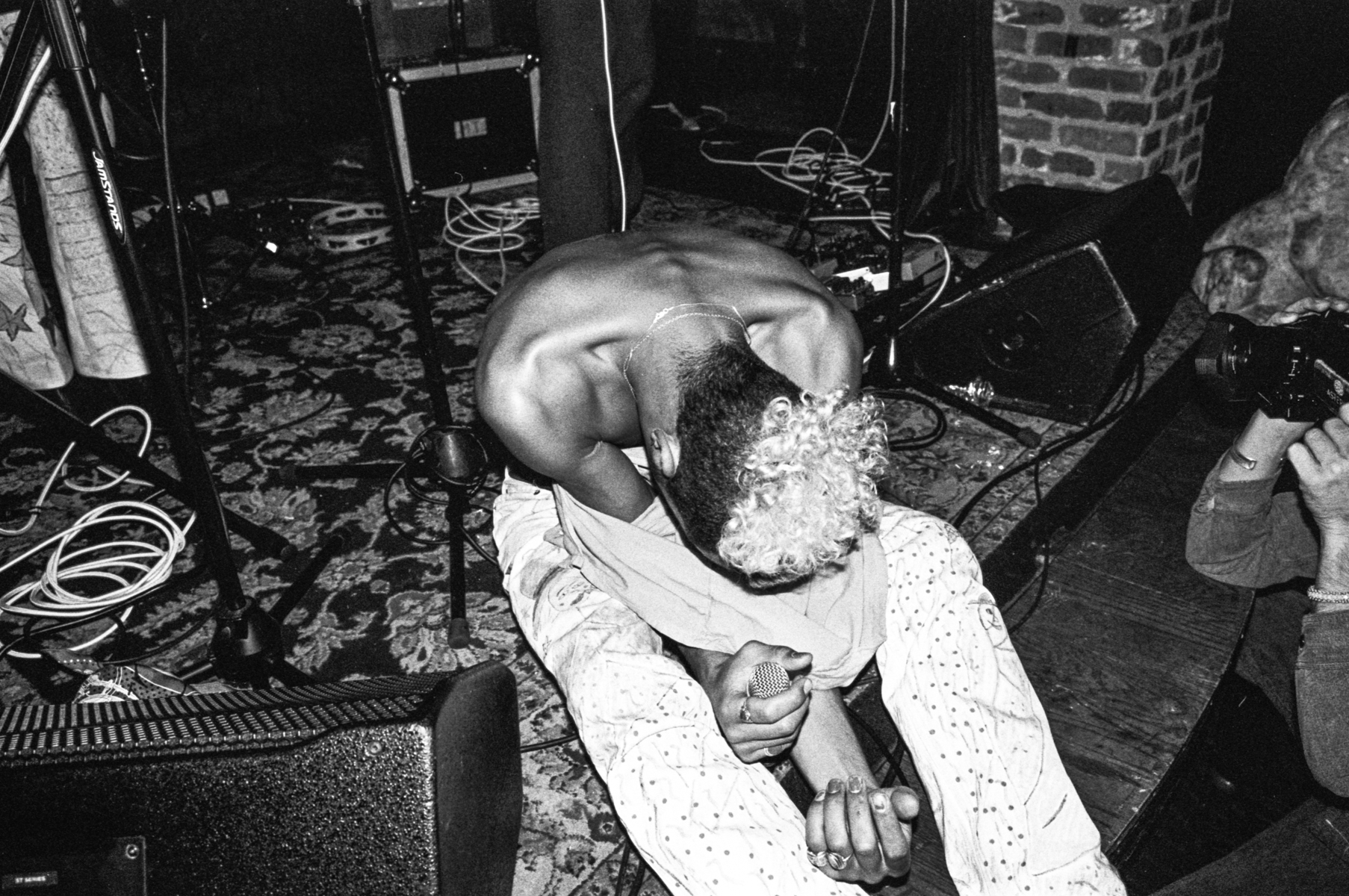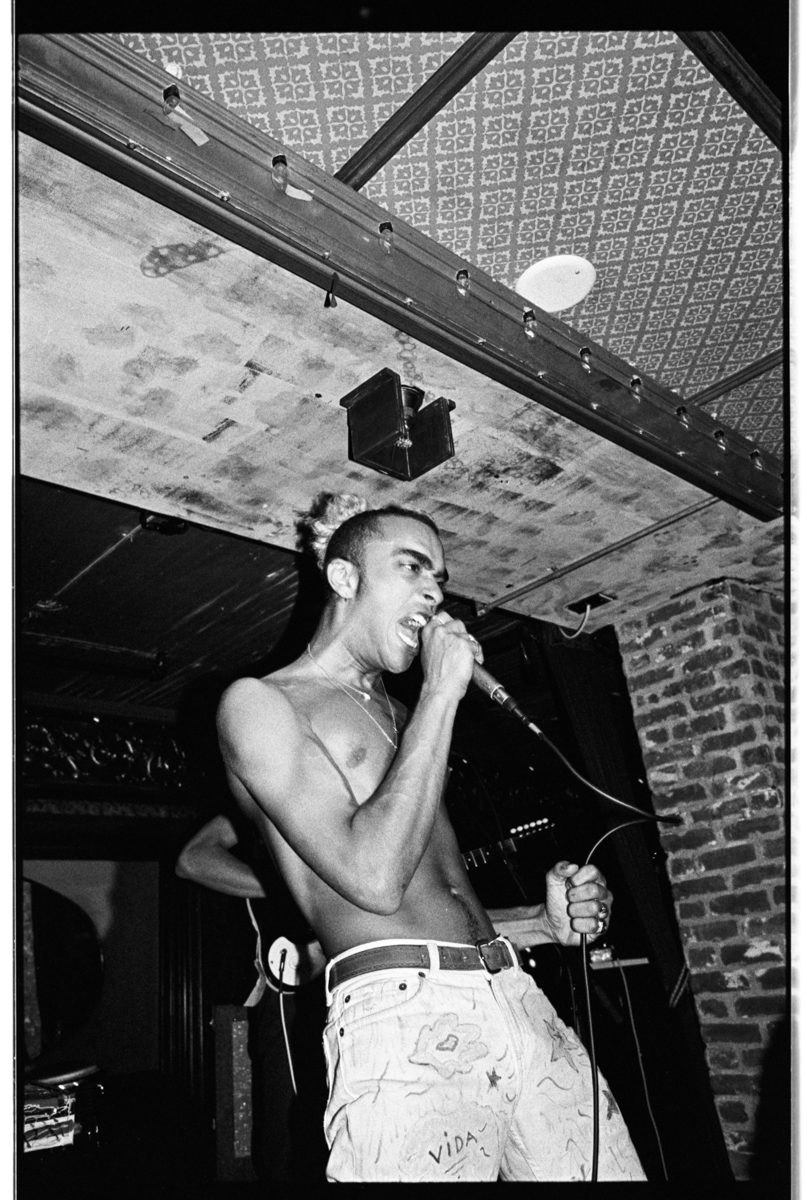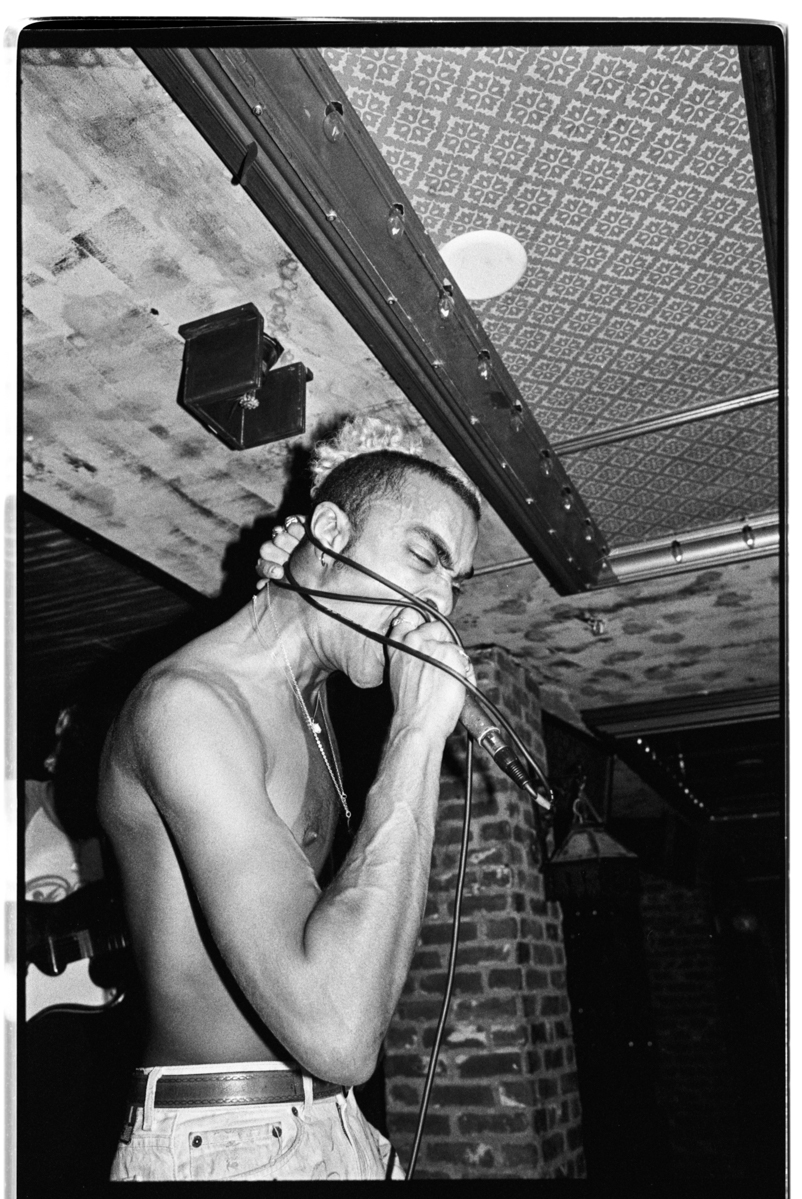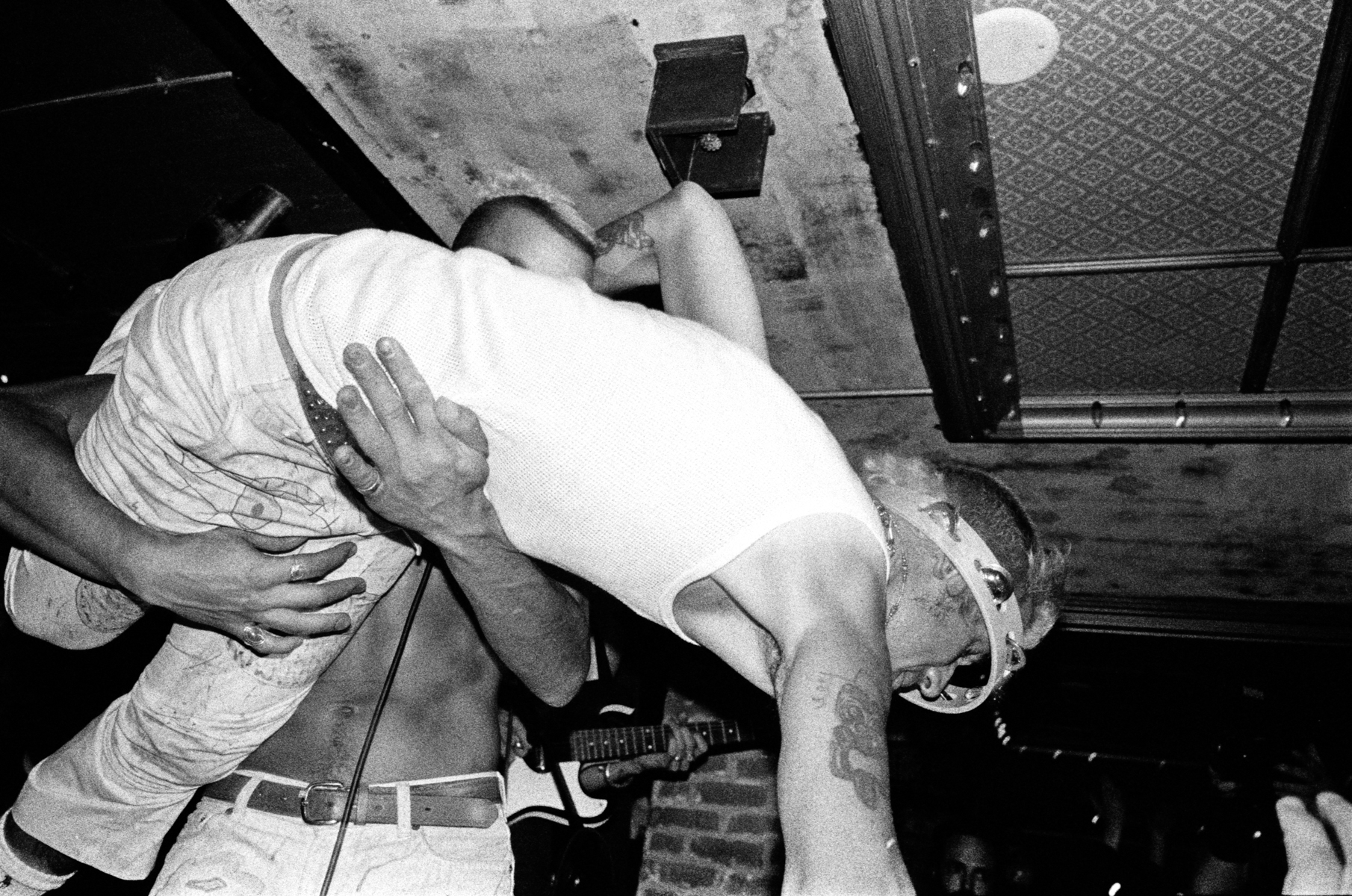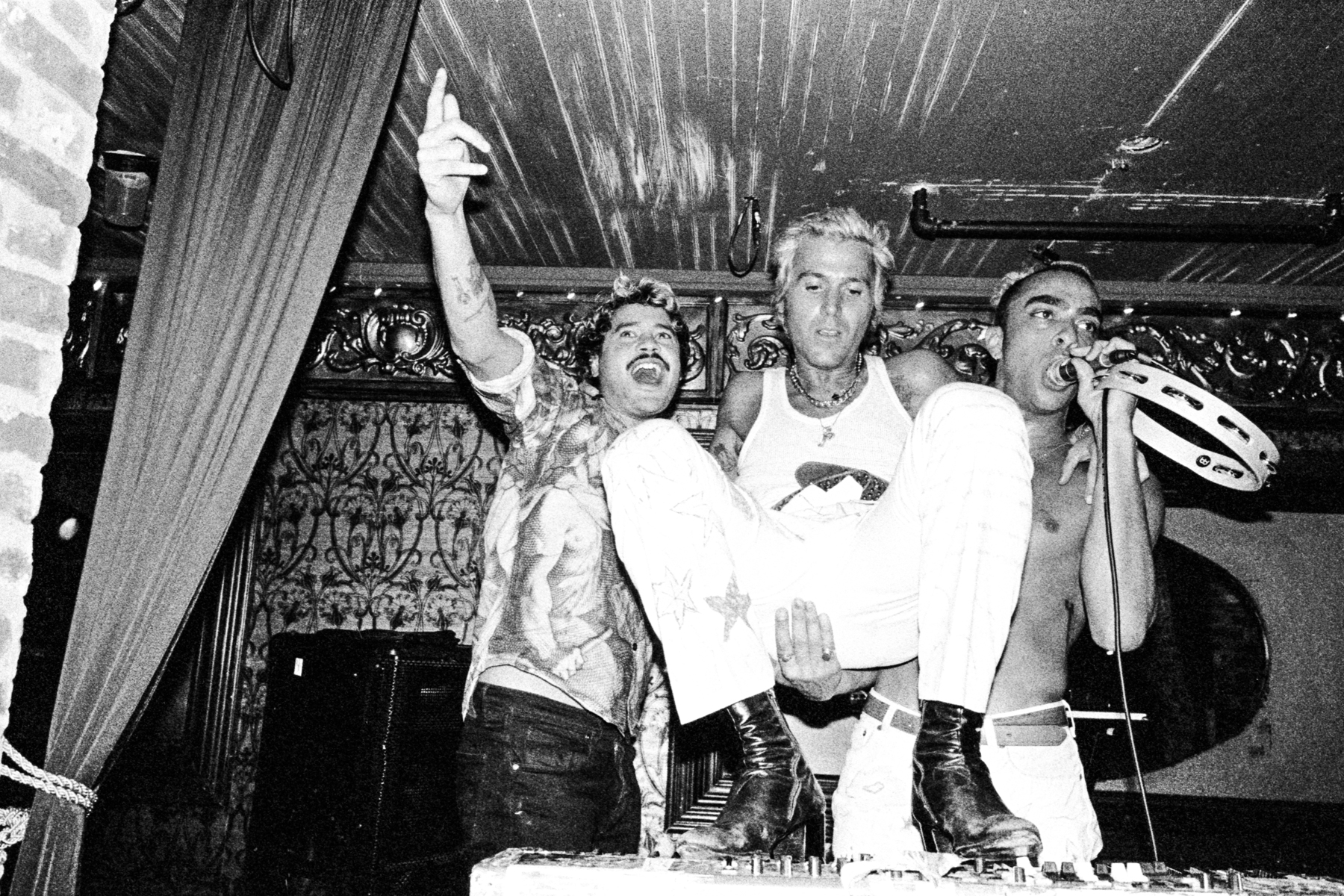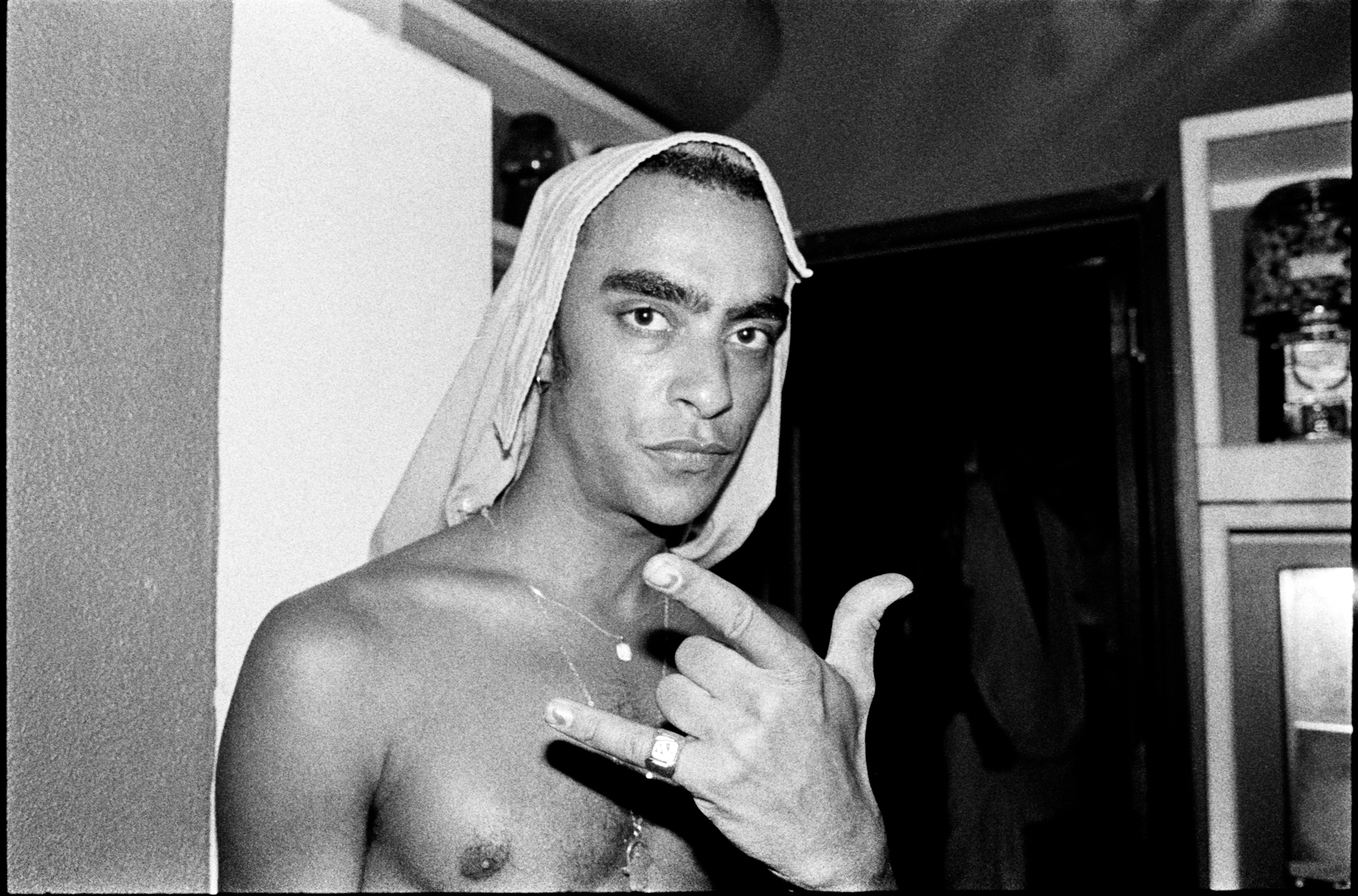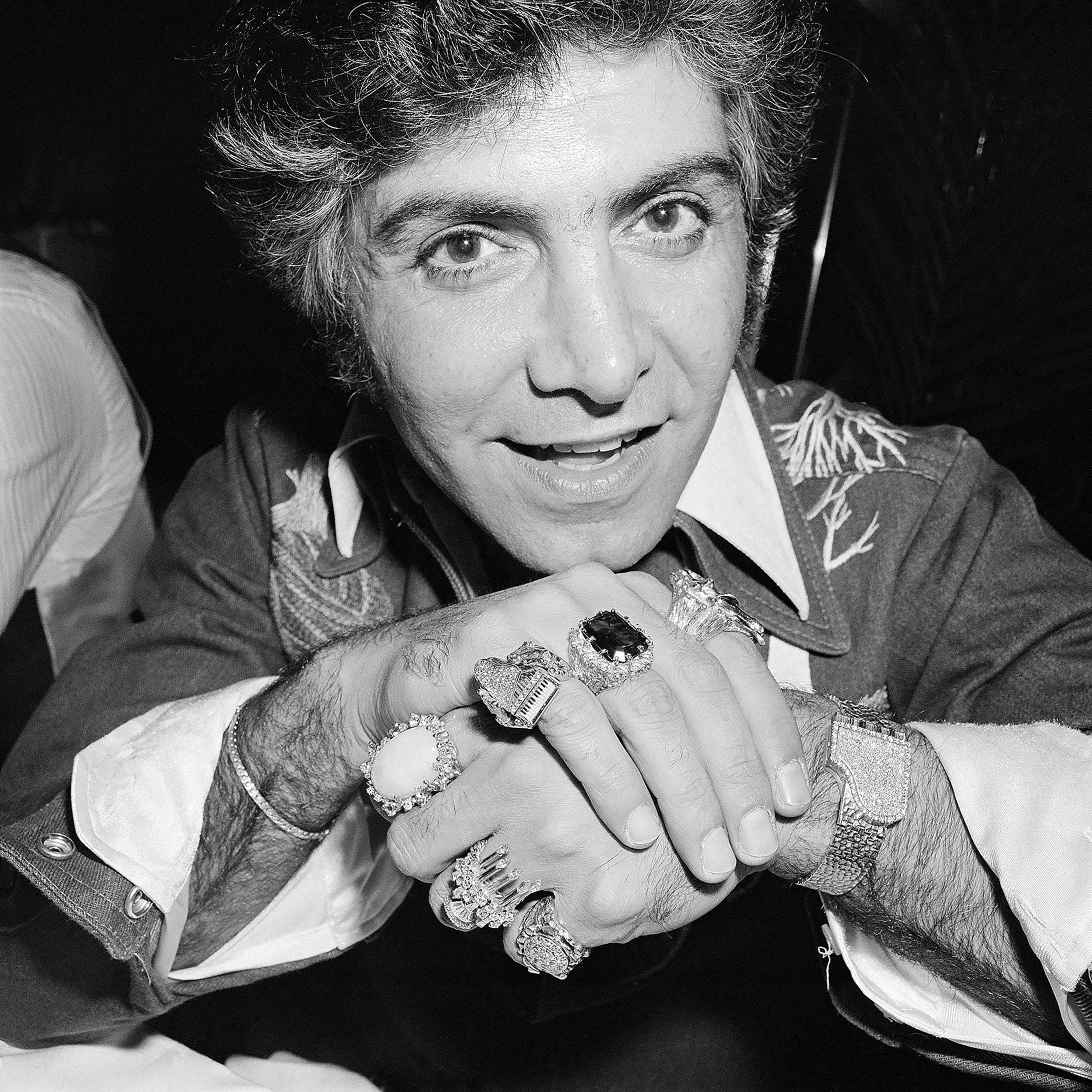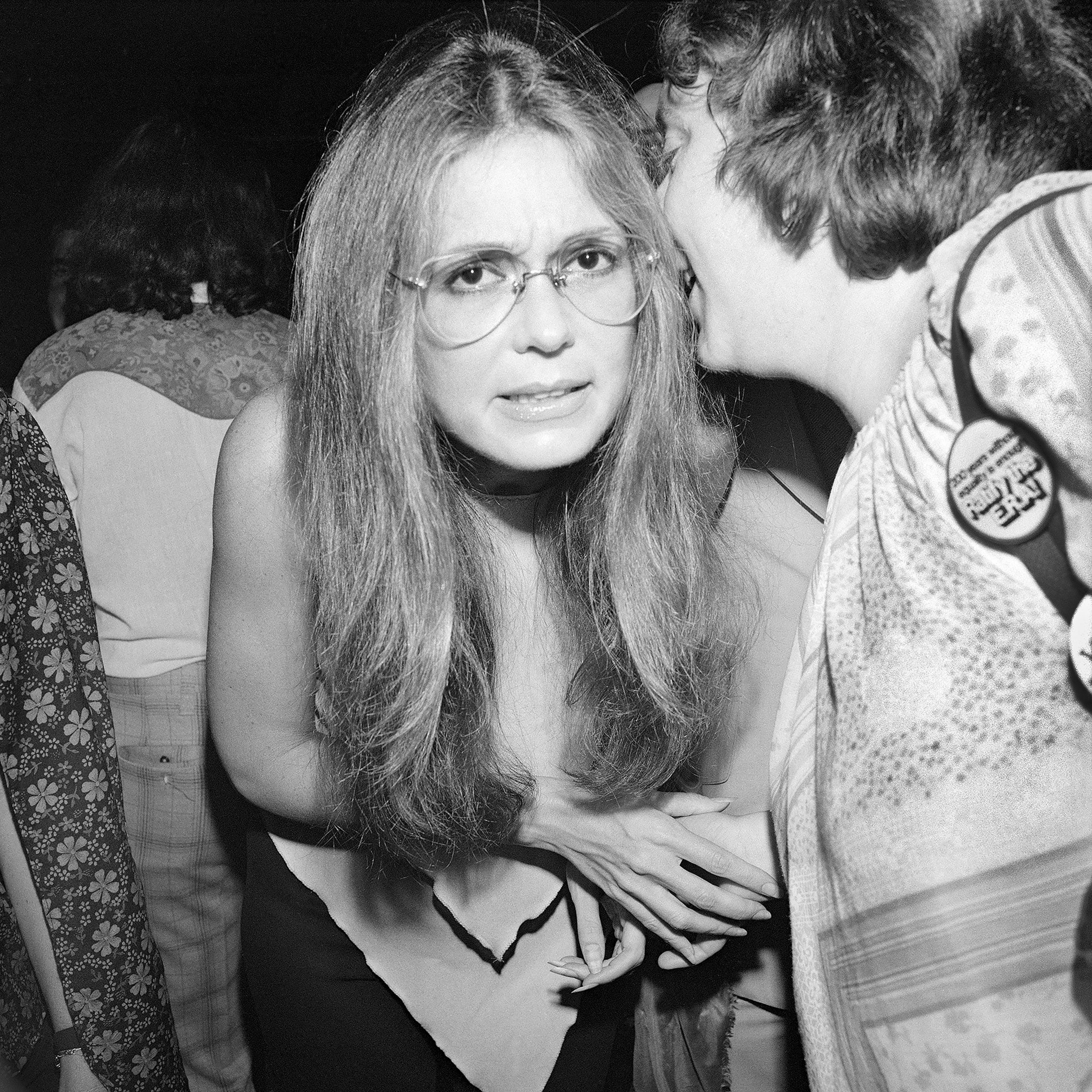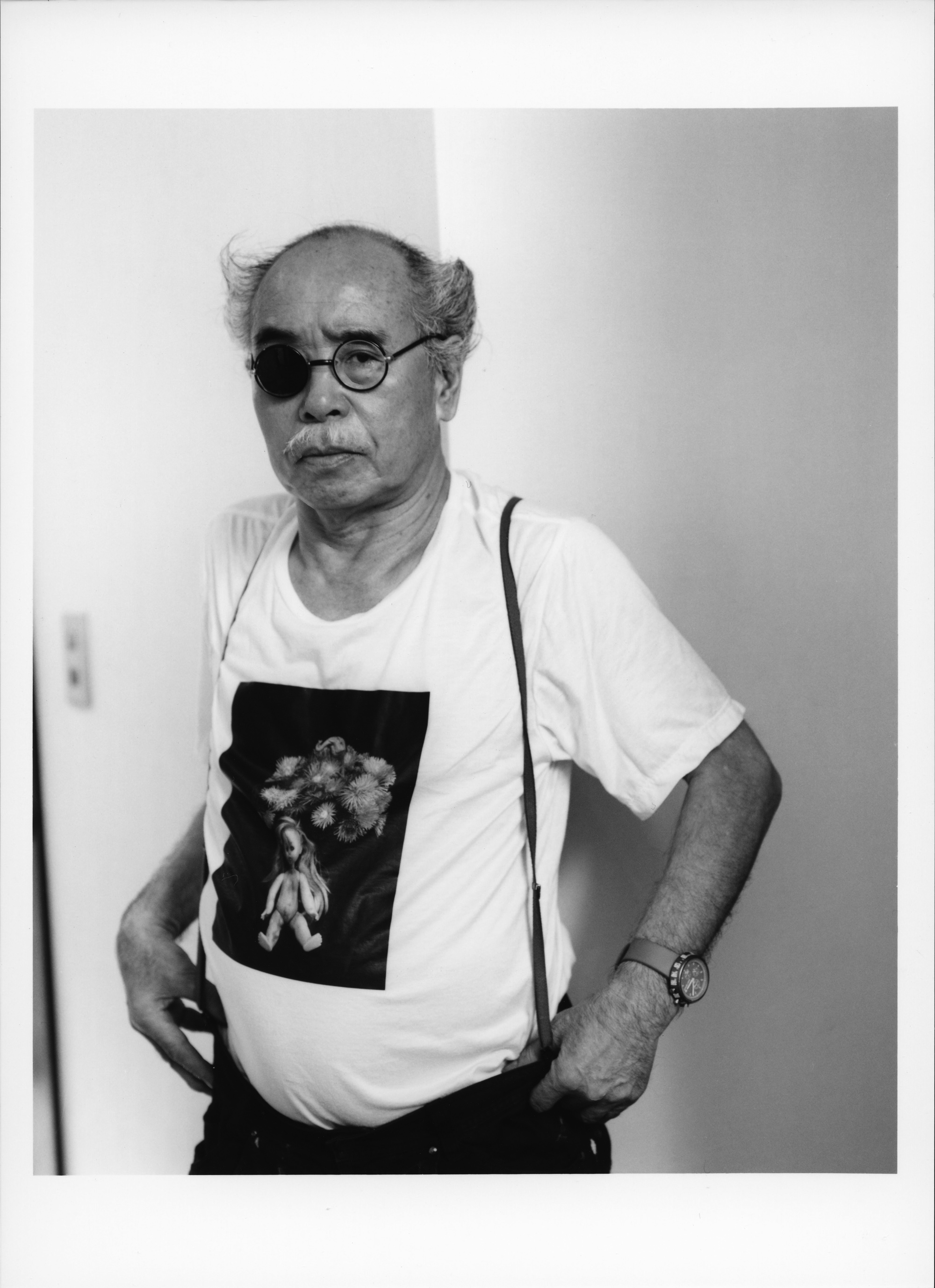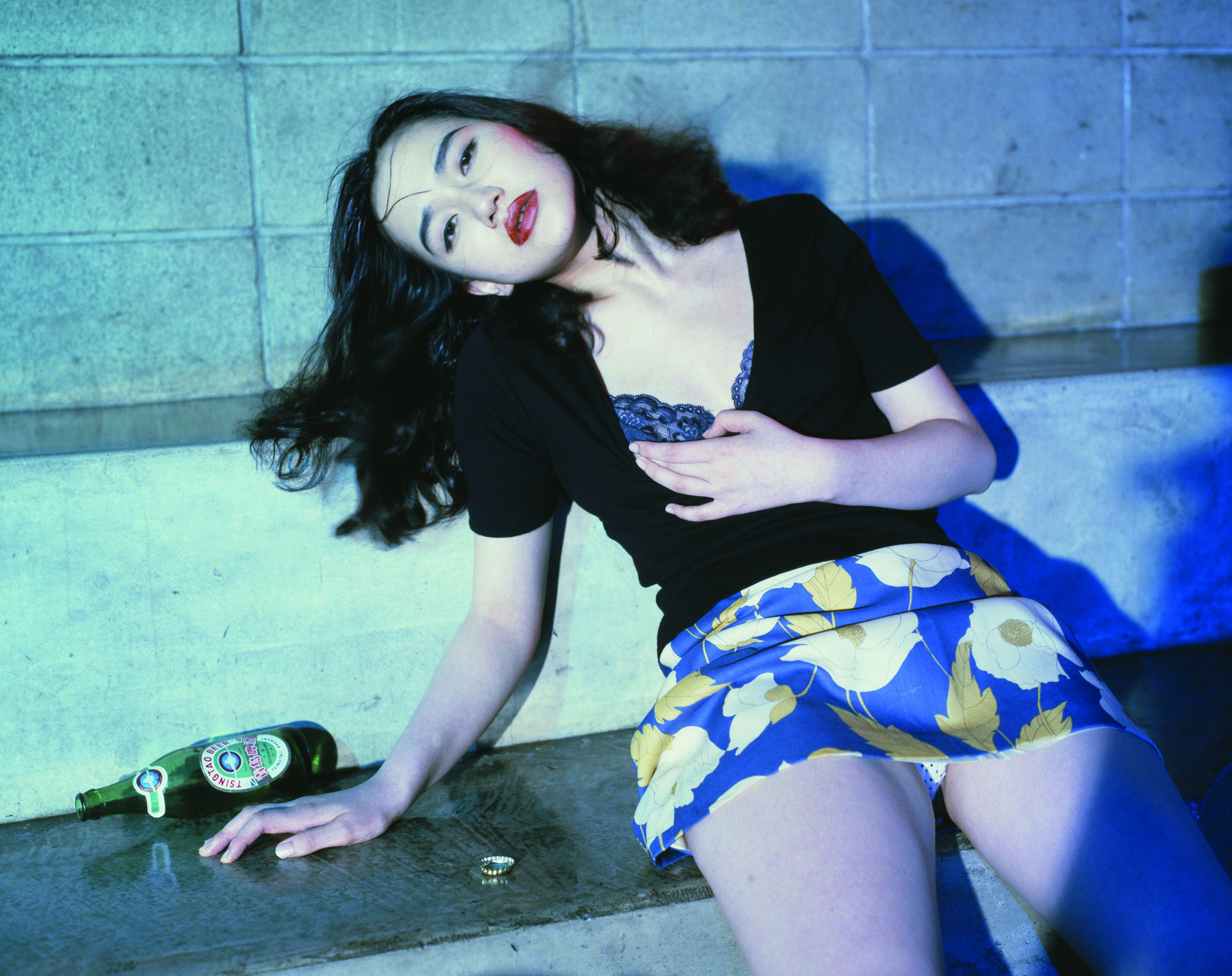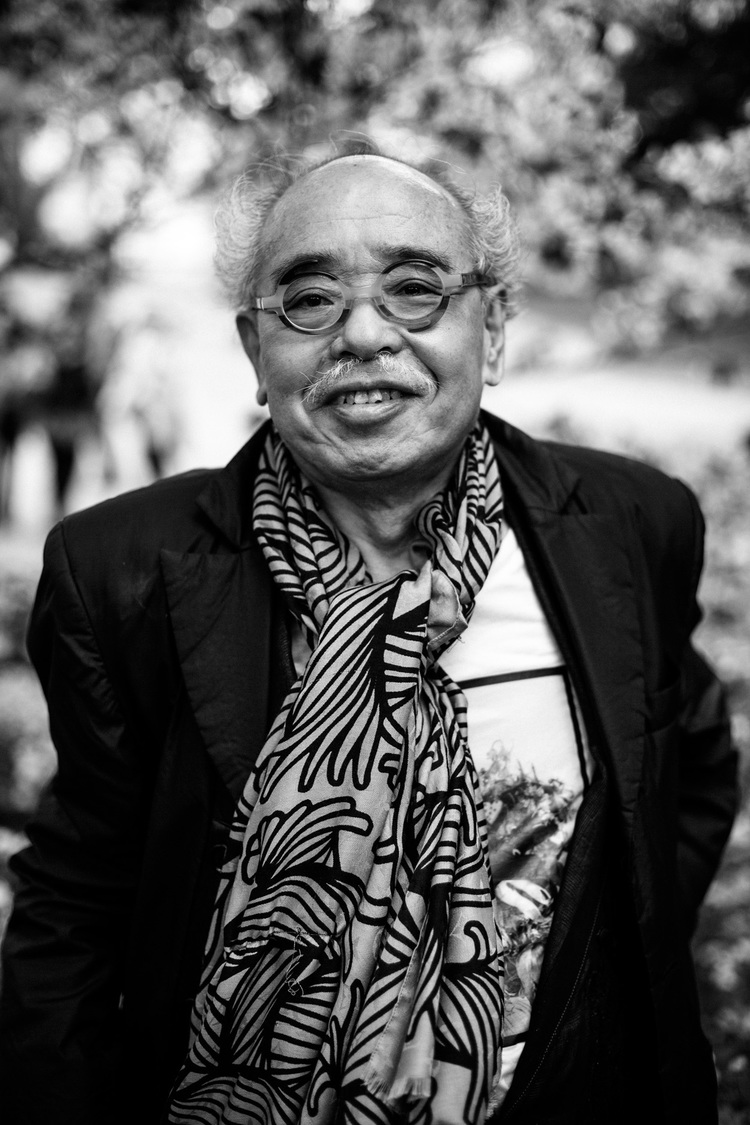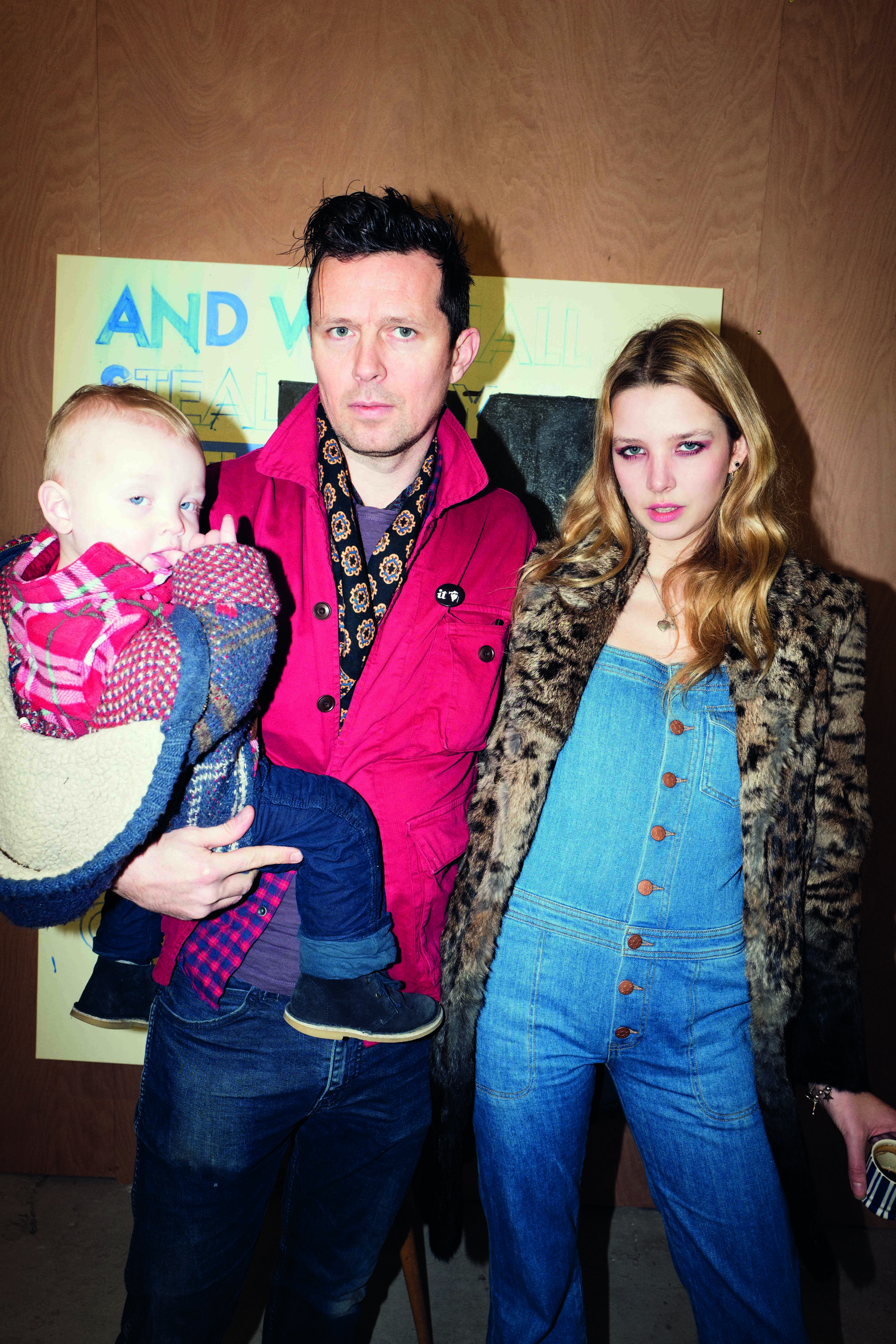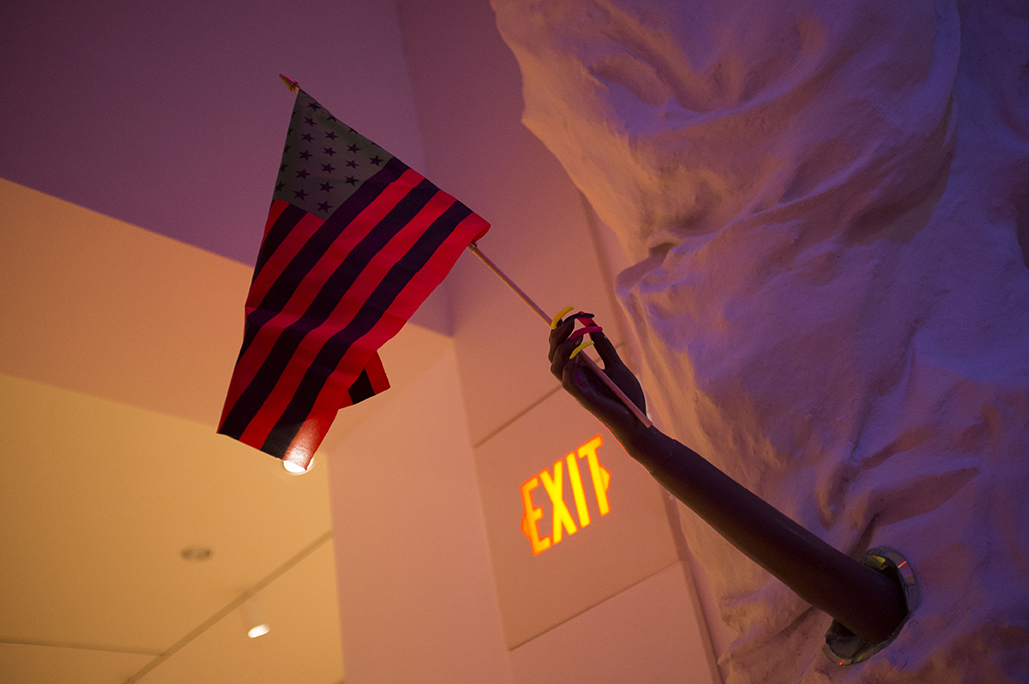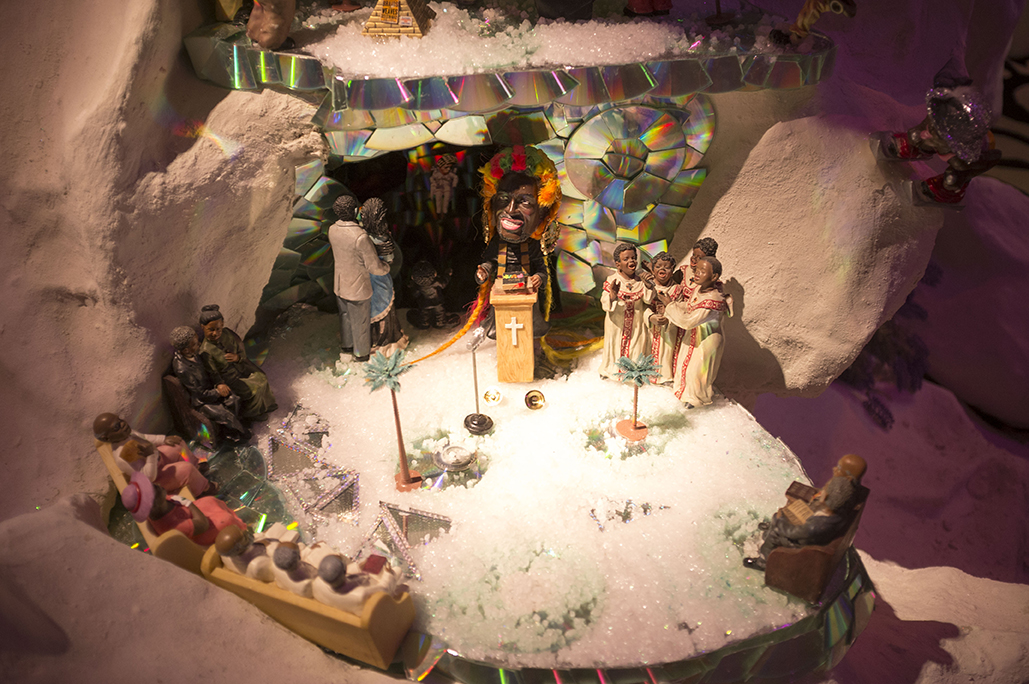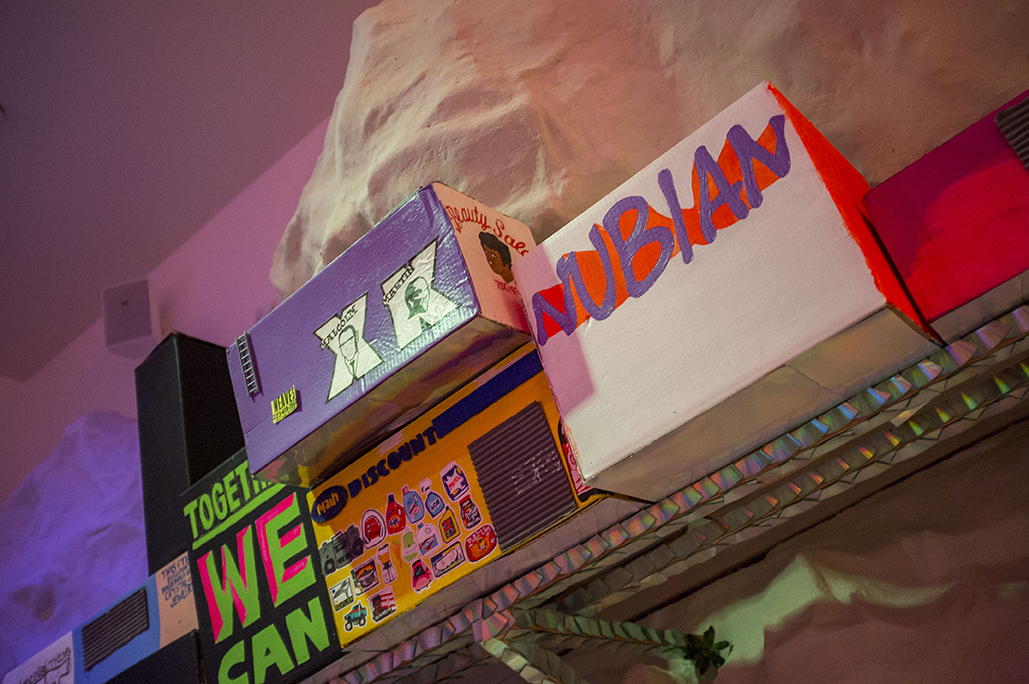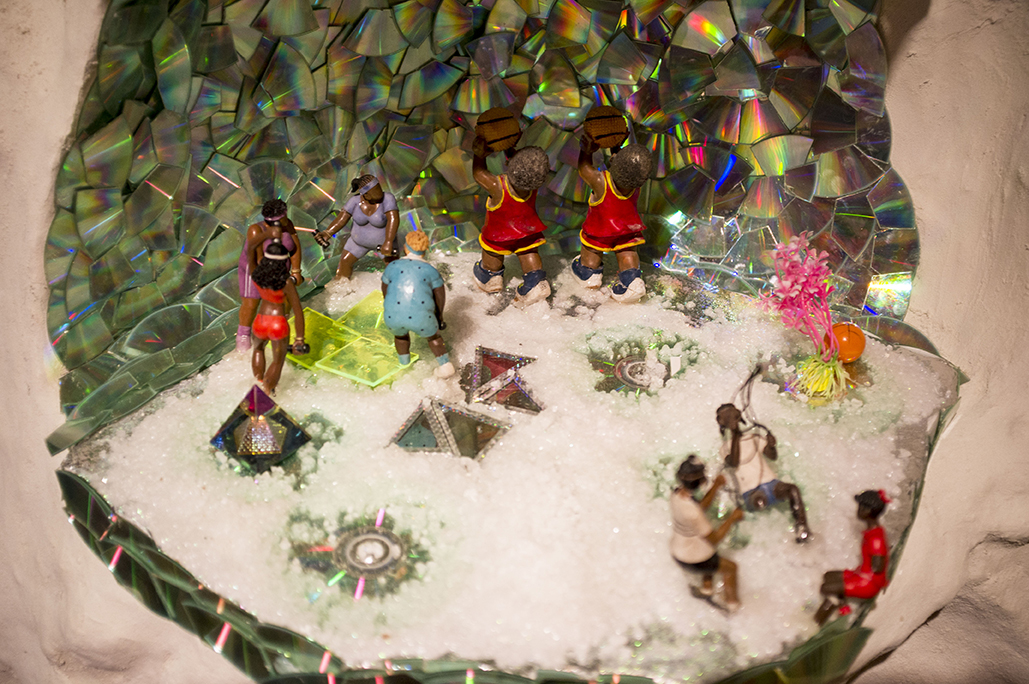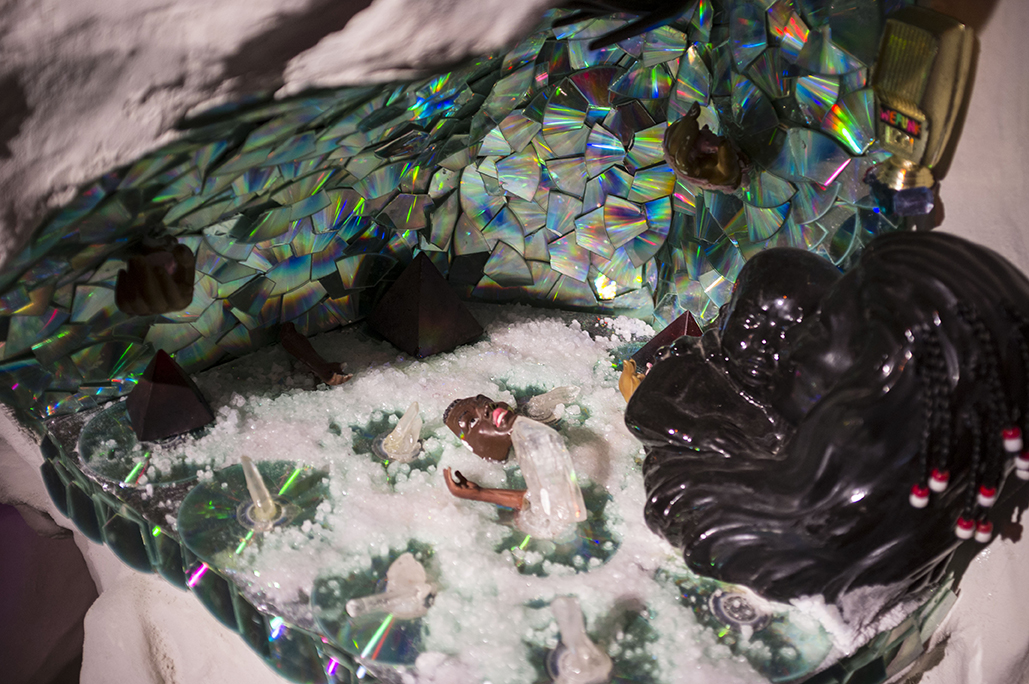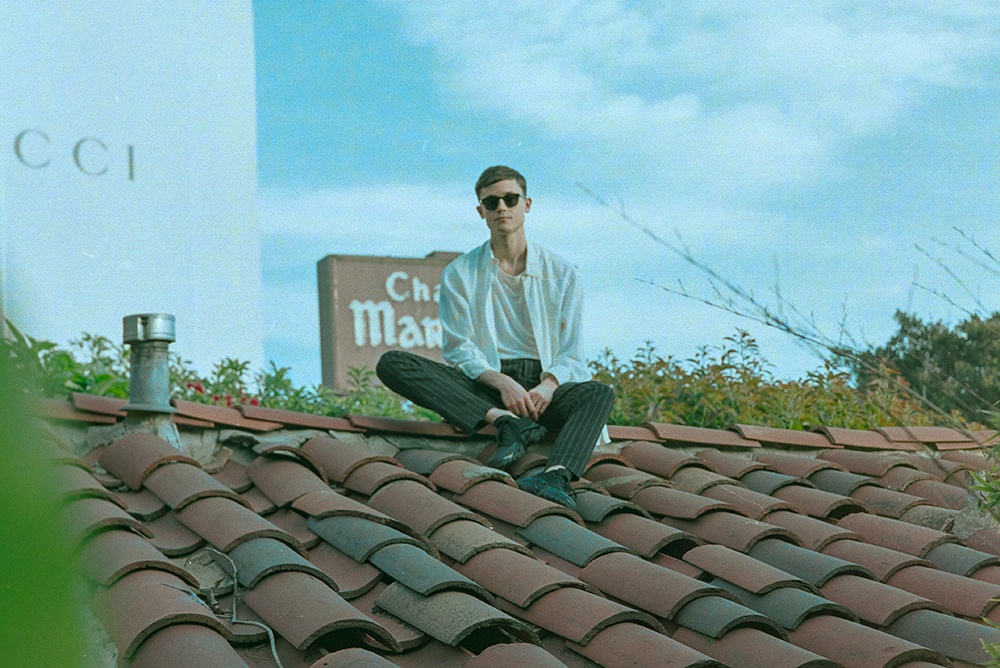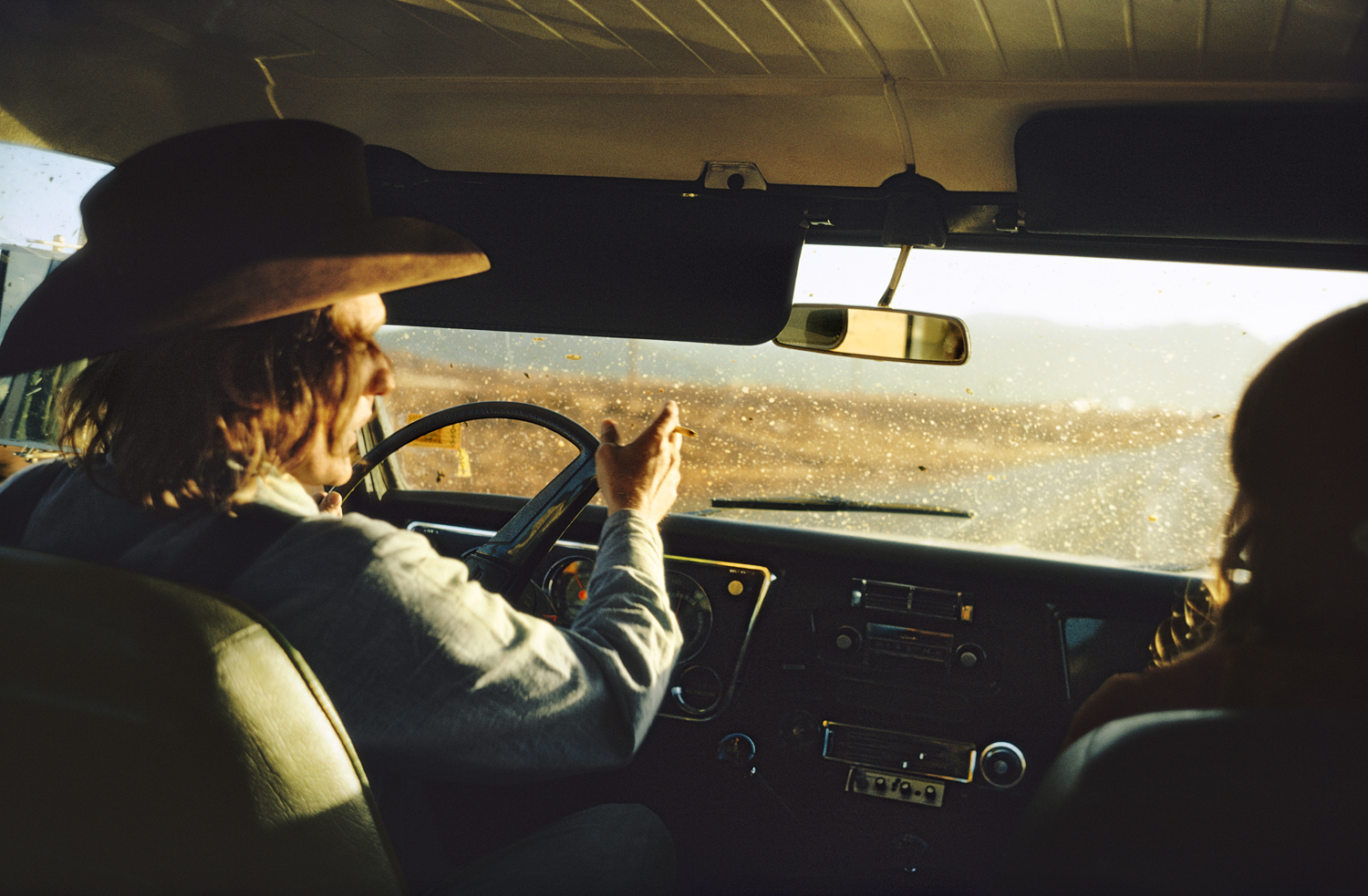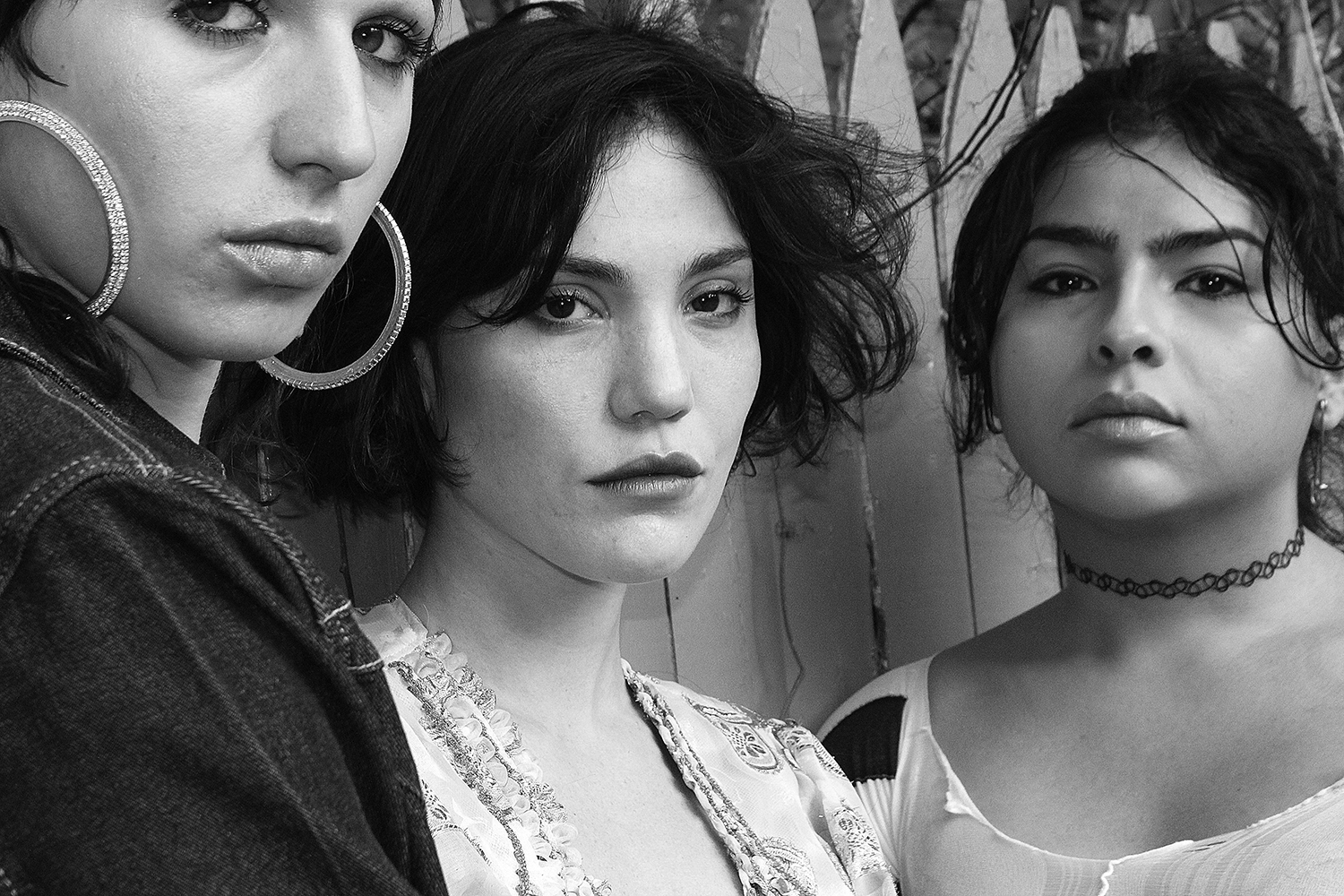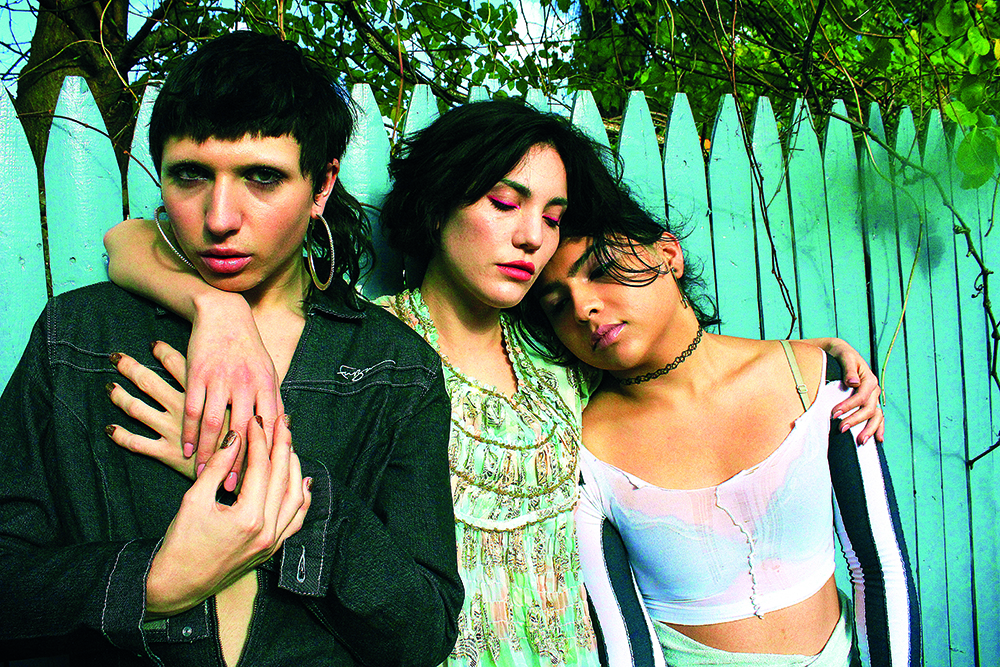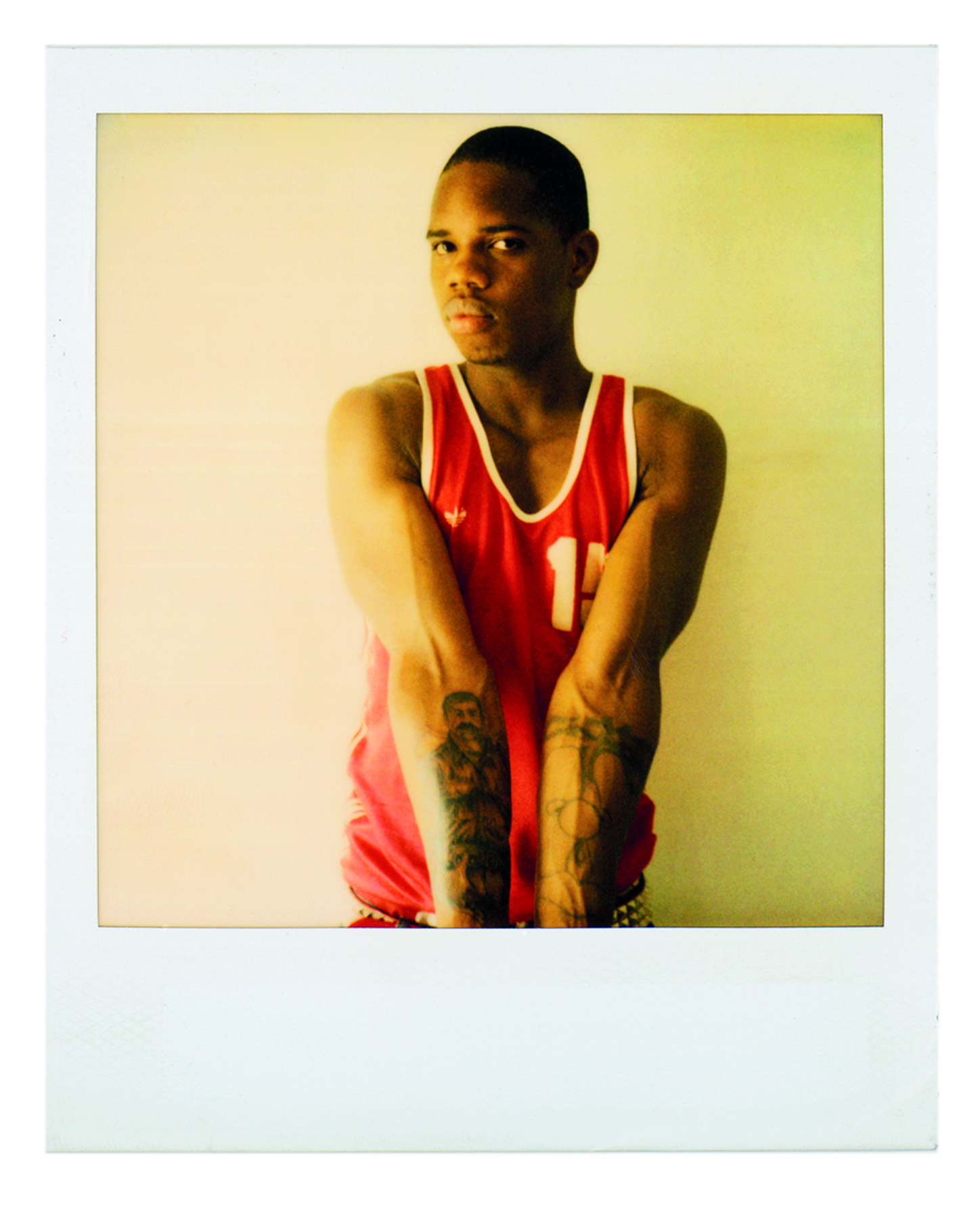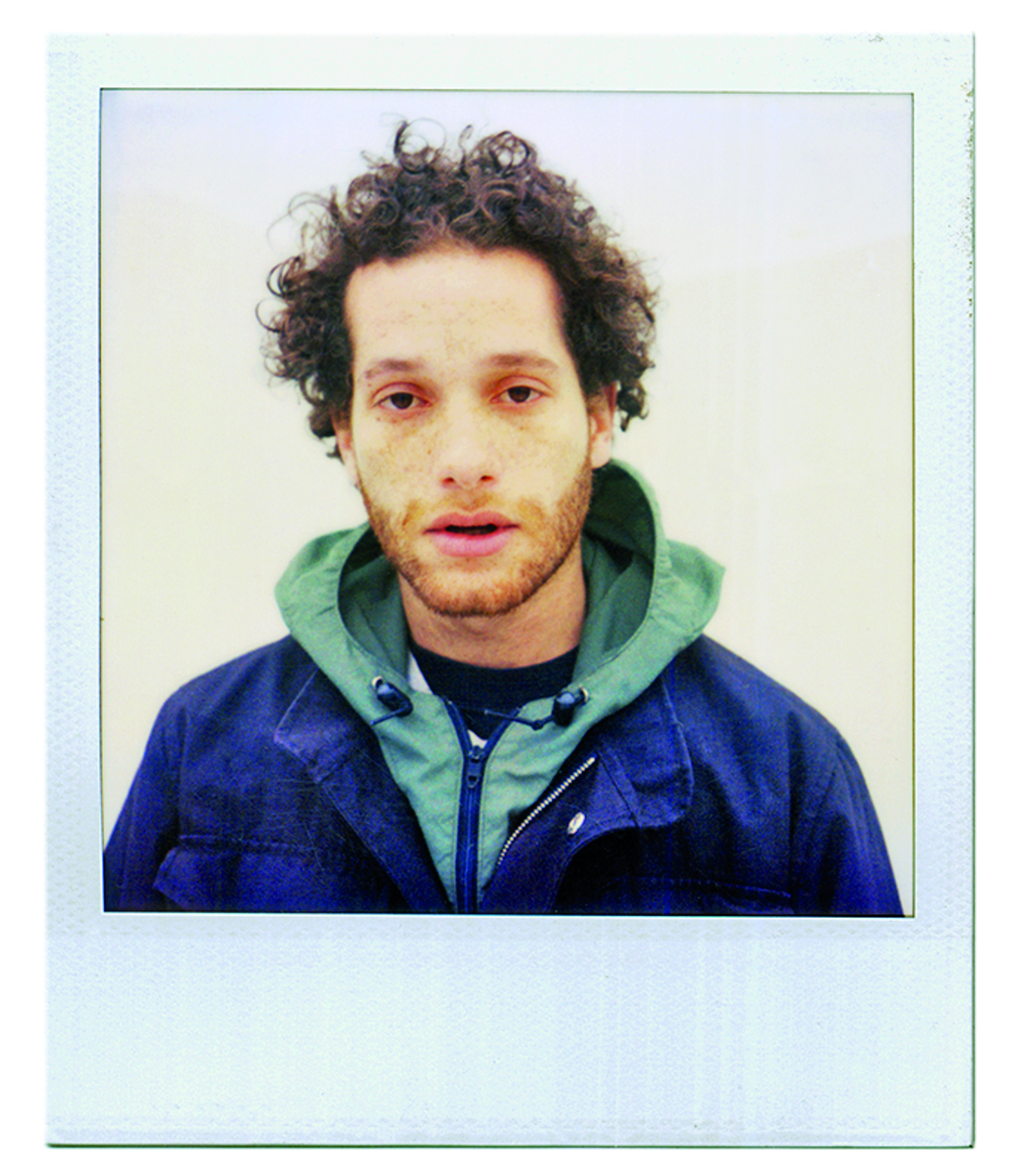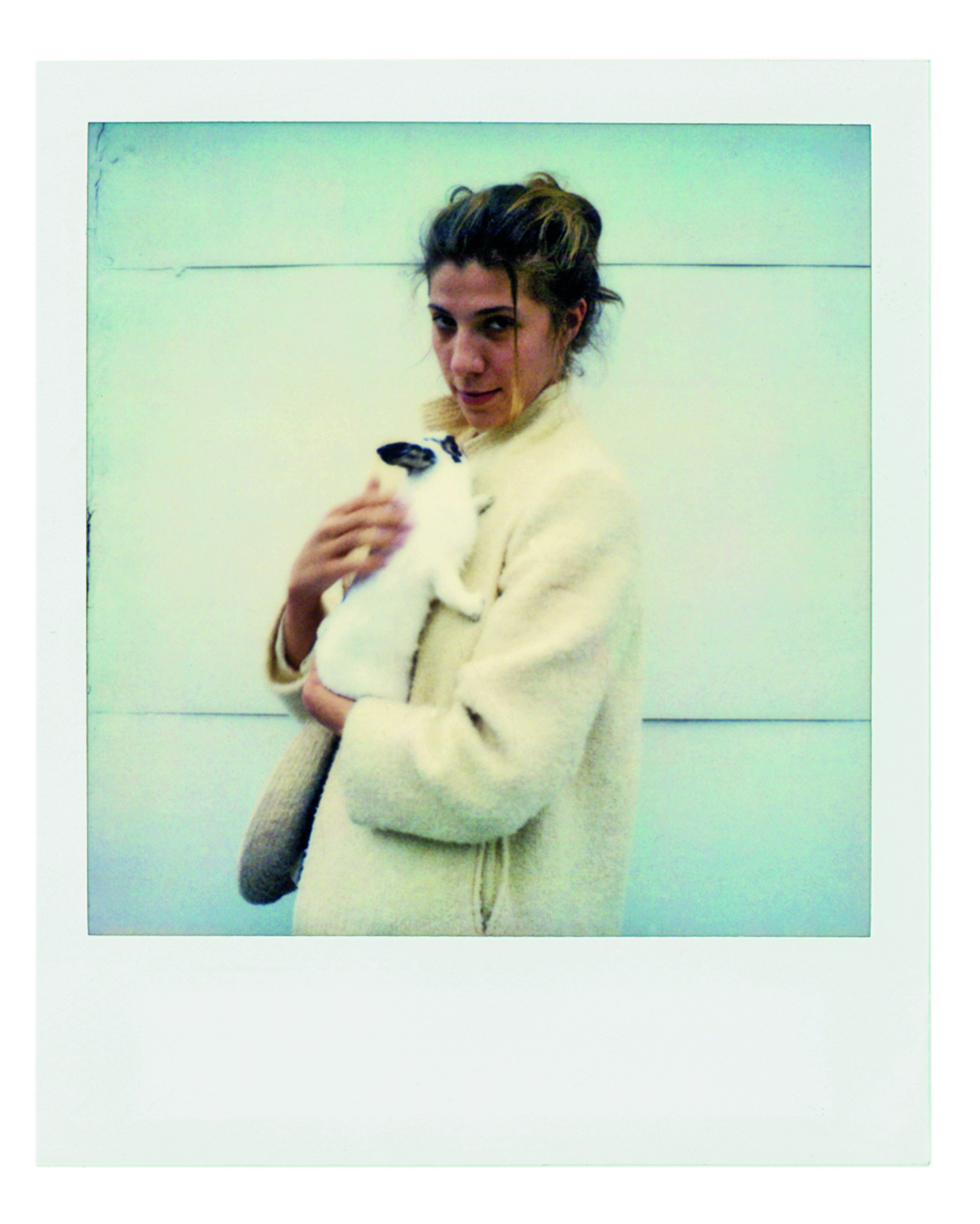Some interesting facts about leopards: they are solitary animals that hunt in open terrains, they are difficult to track in the wild, they are extremely adaptable to new environments, and they often leave claw marks on trees to mark their territory. In Chuck Arnoldi’s expansive Venice Beach studio, a dusty, taxidermied leopard is perched, mid-roar, above the kitchen alcove. There is something strangely symbolic about this once ferocious, now inert genus of panthera. Arnoldi is not a hunter, but he is quick to note that this leopard is one of the best examples of taxidermy in the world. Among the Cool School cohort of artists, like Ed Ruscha, Billy Al Bengston, and Larry Bell, Arnoldi may be the lesser known, but he may also be the most prolific. His chainsaw sculptures – which can be quickly described as chunks of painted wood with blade marks slashed into them – are his most well known, his Girl From Ipanema. They are dangerous and allude to his misfit youth. These hyper-mystical geometries can also be seen in his Machu Picchu paintings, which mimic the mysterious architecture of the ancient Incan citadel. Arnoldi’s latest show at Desert Center, entitled Rough Cuts, includes a number of recent chainsaw paintings made in and around the Yukon. A day after the Woolsey Fire broke out and threatened the artist’s home in Malibu, we sat down at his studio for a chat.
OLIVER KUPPER: First off, I want to talk about the fire because it came very close to your property in Malibu, what did you do to fight off the fires?
CHUCK ARNOLDI: We weren’t going to leave because I have so much art in the house--I have a little Warhol I got for nothing...that is worth two million dollars, you know. We felt comfortable, because the house is quite high up there. We knew if the fire came, we could always go to the beach. If you go up to our roof, you could see the stuff coming. They looked like atom bombs, flames a hundred feet tall. I didn’t think my house was going to burn. I took the Calder and the Warhol...I got a lot of stuff, about a hundred-fifty pieces of art at least in the house. I took it all outside and put it in different places. It took me 25,000 steps to take it out and 25,000 steps back to take it back.
KUPPER: The fires tune in to your work in a way, because some of your most well known works deal with using discarded materials or recycled materials, like your stick paintings, which came from a burned down orchard, can you talk a little bit about that?
ARNOLDI: I had an artist friend from Malibu and he told me one day, there is an orchard...and it had oranges and avocados and he told me to go steal some fruit. It was his special little thing…he’s an odd guy. So we were out there stealing oranges and avocados. The perimeter had all these leaves that had burned off, and they looked like charcoal lines. I thought those are beautiful, so I took my sticks back to the studio. The first piece I made, I took four sticks and tied them together at the end and I put two nails and hung it on the wall. It’s really about something being the sum of its parts, gravity.
KUPPER: Is it true that some of your stick paintings have come from your childhood home in Ohio?
ARNOLDI: No, but you see those thorns up on the wall? When I was a little kid growing up, those were from a tree in Ohio. So I made those paintings from thorns. I’ve been avoiding Ohio like the plague. I have a very dysfunctional, bad family.
KUPPER: What was it like growing up there?
ARNOLDI: Most of my buddies are dead, a lot of them went to prison. I was just in a bad place. I had no art history at all in my childhood. I have an uncle who was a portrait painter, he wore a beret and had a little painting studio. I used to go there and I really liked the smell of oil painting. He was my only exposure to art and at one point I got a modeling job at an art institute. I was broke and they would pay me to pose. One of the directors convinced me to take my clothes off and then he wanted me to get a hard on. This fucking guy, I’d like to meet him today. No fucking way.
When I was a kid, I made tree houses and forts and if I saw a Tarzan movie, I would make bows and arrows and spears. As I got older I got involved with cars. When I graduated, a teacher told me, “You are the most talented with the least amount of vision of anyone I have ever met,” and it made me feel terrible.... See, when I was growing up, I got attention for doing stuff, I was really good with my hands.
KUPPER: Seems like the whole Venice School came from places like Dayton, the mythical American city, what was it about LA that was such a beacon for you guys?
ARNOLDI: I was a senior in high school and I had gotten in a little bit of trouble, they were gonna put me in a foster home. My father was living in Southern California with this woman he ran away with and he flew me out to California. I had never seen a freeway. It blew my mind. When I got back to Dayton I wanted to move to California. After I graduated high school, my mother had about six dollars and twenty-eight cents, so she gave me that and I left with four buddies of mine. I had a ‘55 Chevy with a ‘53 engine. We were terrible thieves.
KUPPER: When did you get serious about art?
ARNOLD: While in Los Angeles, it was time for me to go to school. I drove out to Ventura and I chickened out, I just couldn’t do it. I wouldn’t even go to an art history course. It was way over my head. I would just go to the art classes, ceramics for instance. The guy who ran the art department, Mr. Deets, saw my work and he came to see me and said, “You know son, since Picasso, everything is bullshit. You need to be an illustrator. I can make you one if you do what I tell you.” I could draw perfectly. I had the skills.
KUPPER: How did your later experiences at Art Center influence your perspective?
ARNOLDI: I’d be doing a painting and the guy would come and go, “That’s done.” To me, it wasn’t finished, but to them I was ruining it. They would take your work away from you. In painting class the first thing they taught you is that you have to wear a tie and how to wear it so you don’t paint on it. This was all bullshit to me. I’m sitting there thinking this is fucked and I quit.
KUPPER: You seem like a bit of a daredevil – can you talk about your chainsaw sculptures, because those sort of put you on the map in a way?
ARNOLDI: I just liked the way it looked. But one little slip and it’s really bad. I’ve been doing the Machu Picchu thing...these multi-paneled paintings. But the chainsaw sculptures were just one of those things that was on my mind. I don’t like to make sculptures because they are bulky. But these sort of made sense.
KUPPER: Some of the work at your current show was made in the Yukon?
ARNOLDI: I went up there not expecting to make work, but I was sort of coaxed into it. The guy who owned the property has a gold mine. He asked if we wanted to get to work, so we go down to a river to find some wood. There were these two rough kids – one of them had recently slit a wolf’s neck that tried to attack him. So we are up there and they start to cut down some trees for me to make a sculpture. One kid said, “What do you want me to do?” I tell him to cut five slabs off and to get me some kind of platform. I said, “Kid, you’re good with the chainsaw. I’ll draw the line. You want you to give me this much of an angle.” (makes the vroom, vroom, vroom sound of a chainsaw) I look over and the other kid wants to do it too (vroom...vroom...vroom). We worked for two hours and made a few pieces. By the end, we made nine... and the new chainsaw pieces were painted in red, black and yellow. When I used to make the old chainsaw paintings, there would be splinters all over, so I would torch them away. I went and bought a serious blowtorch and all the kids were so excited. The kids cut trees down like crazy, and never thought of doing anything beyond that. I bet that within a year these kids would be making furniture and shit out of logs.
OK: Your upcoming show at Desert Center is called Rough Cuts – there is a connection to your work and some of the other Venice artists to music, the improvisational nature could be compared to jazz?
CA: Somebody once told me something and I felt rather flattered: “Your chainsaw paintings are the closest thing I can think of to Pollock.” The reason is....Pollock in a sense did a dance, it was spontaneous, you know--he was physically involved. Man, then you start cutting in references and you are making hundreds of decisions a second, but it's a physical thing, you’re actively engaged in it.
Chuck Arnoldi: Rough Cuts is on view now at Desert Center Los Angeles, 7466 Beverly Blvd. Email for appointments: desertcenterlosangeles@gmail.com. Text and photographs by Oliver Maxwell Kupper


